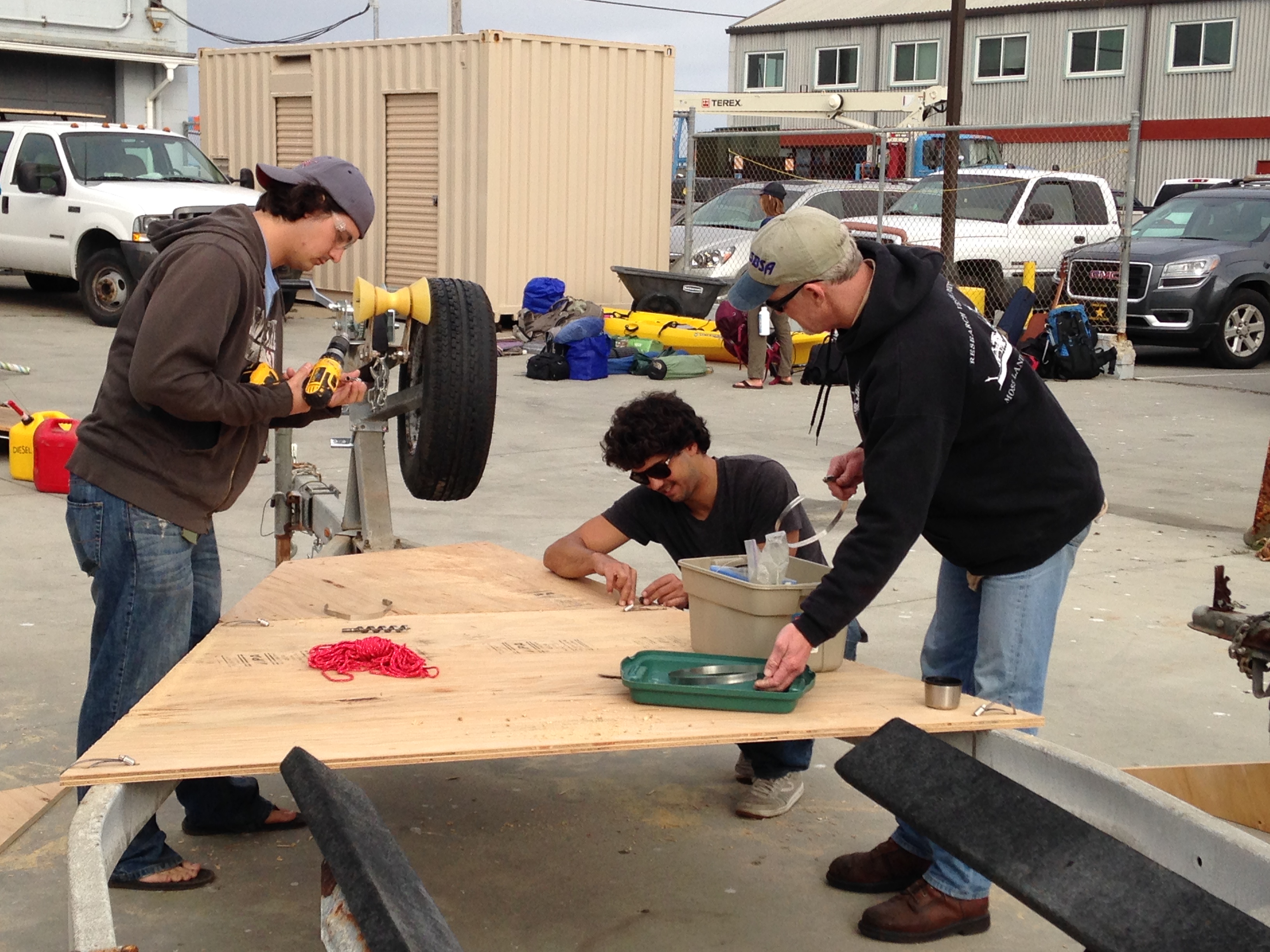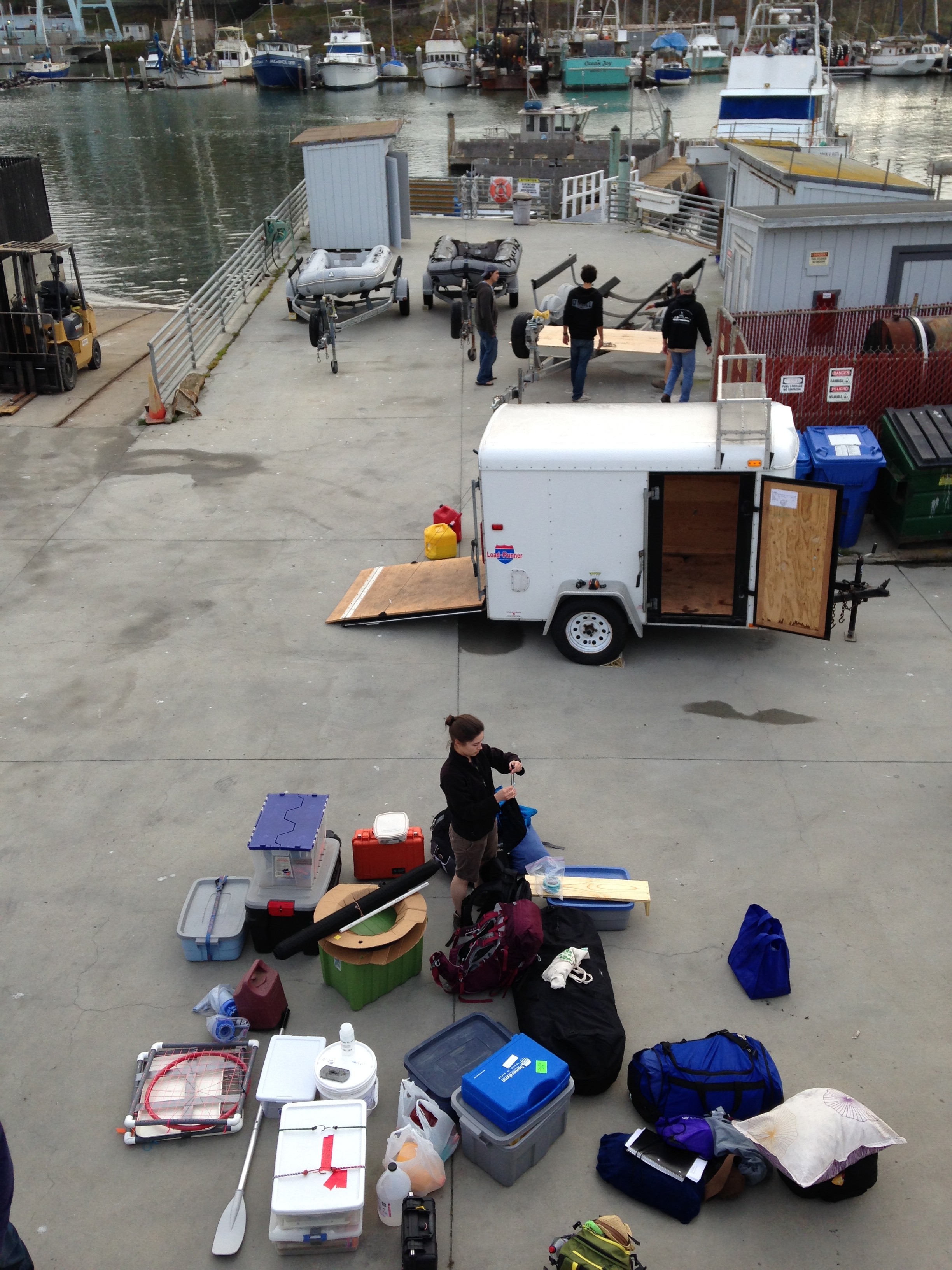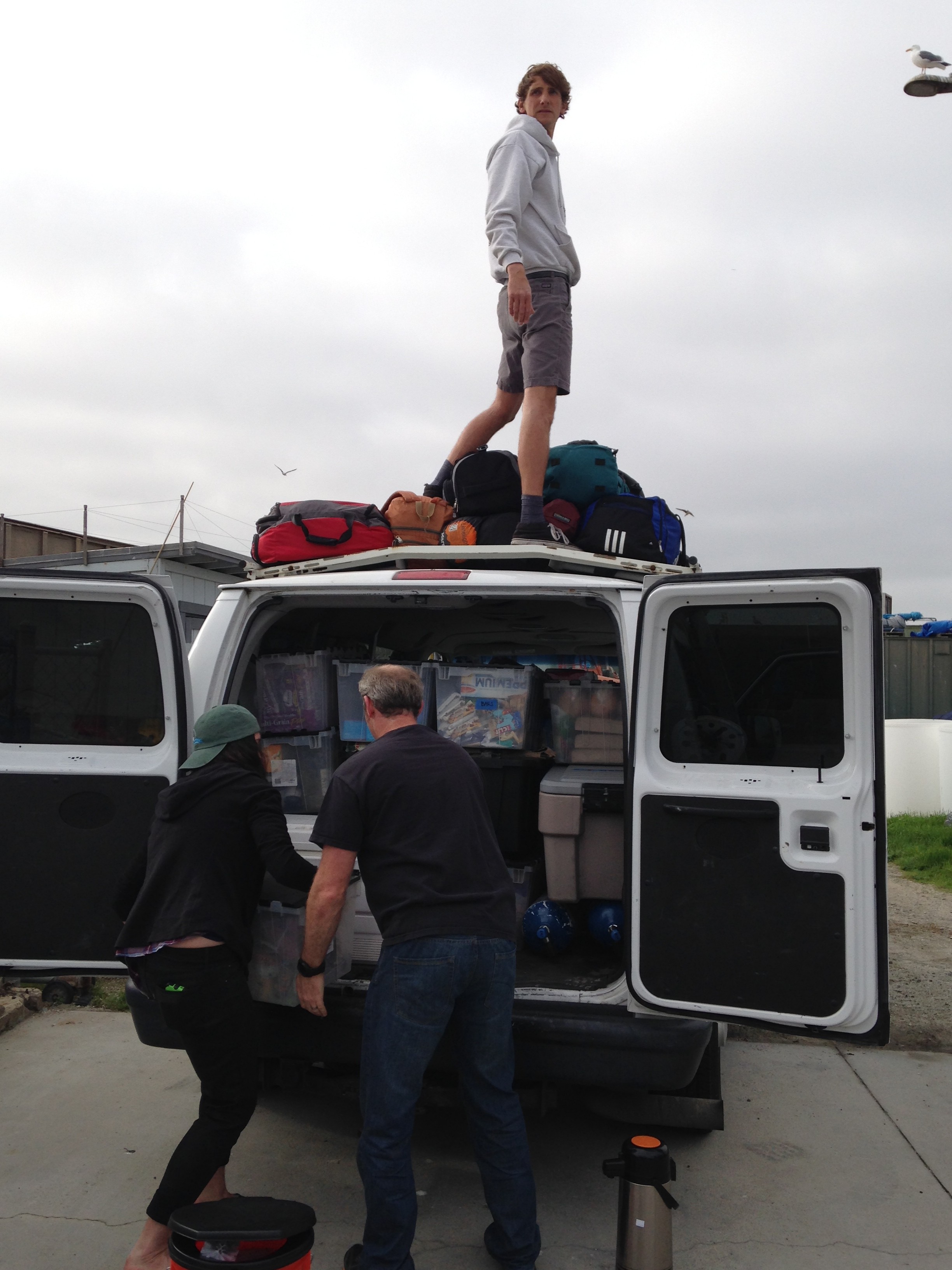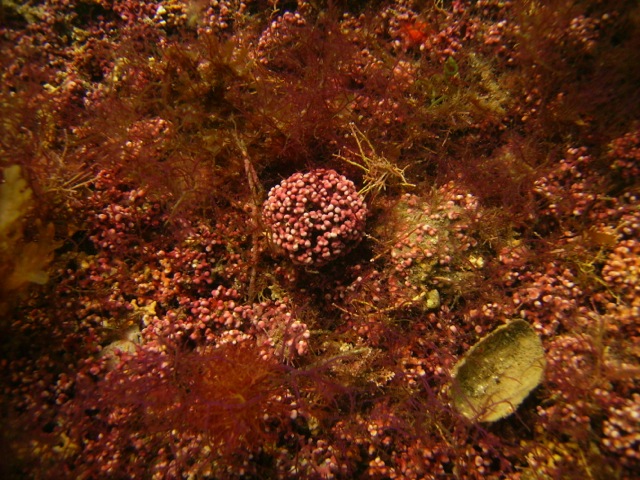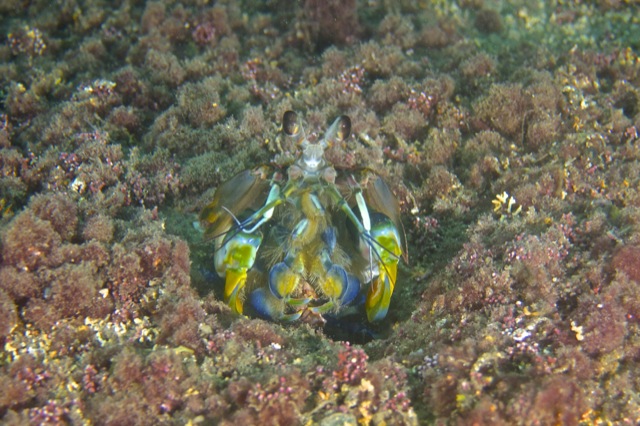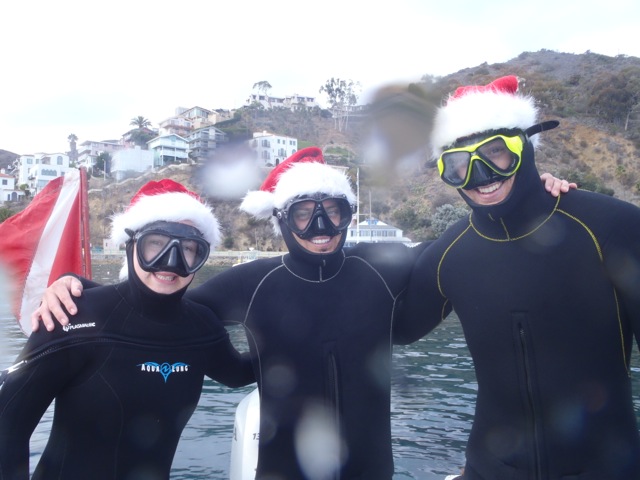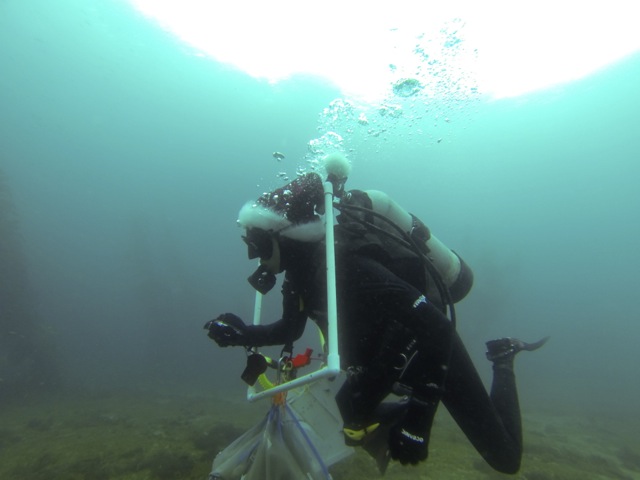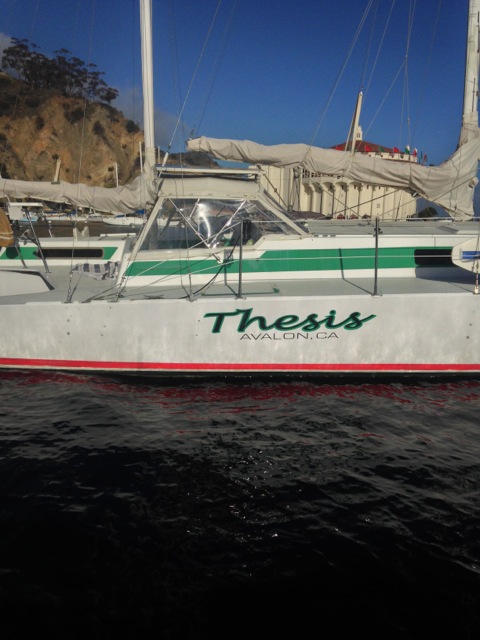By Jessica Jang
Like the previous post mentioned, I went on a 10 day sea voyage with NOAA's FRAMD (Fishery Resource Analysis and Monitoring Division) survey. This is annual survey that NOAA conducts during the summer to look at the fish community, by taking measurements of weights, lengths, sex of the fish, as well as selecting individuals to extract their otoliths. Otoliths are used to determine the age of bony fish. In many species rings are formed in the ear bones of the fishes. Biologists extract the ear bones from these fish and read them. There are three sets of ear bones, we use the largest set the sagittae. The information then will be used for fish stock assessments.

On my way to Portland, I found out that the fishing vessel I was assigned on wasn't in the water yet, so at the last minute, I reassigned to the fishing vessel, the Last Straw.
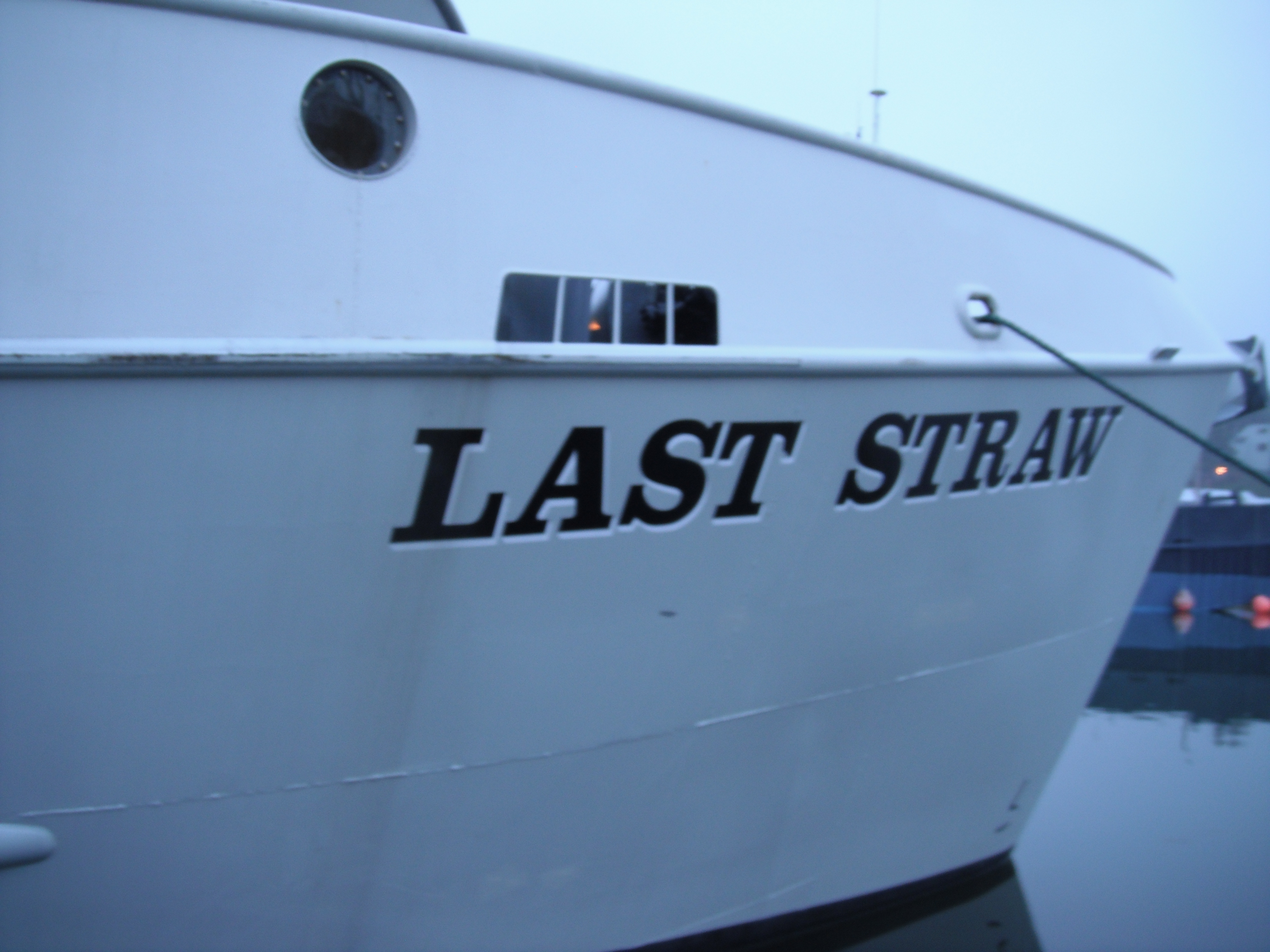
Here's a sign that was required on these fishing vessels involved in NOAA's groundfish surveys! Doesn't it look official?
So each fishing vessel had specific areas to sample, and when they found a suitable area to sample on their site, they set the net.
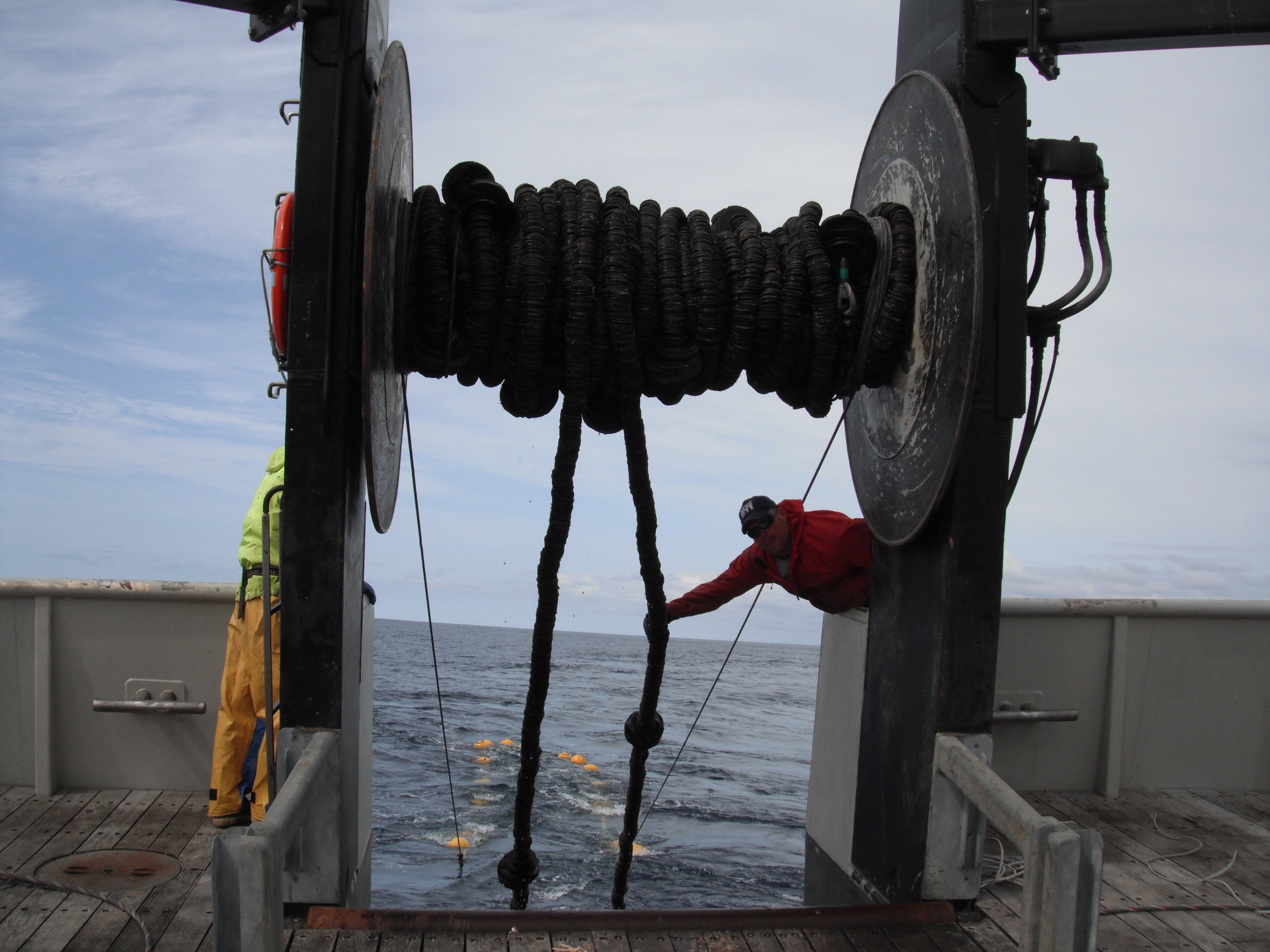
Sometimes the hauls would range from an hour to three hours to haul back depending on how deep the trawls were.
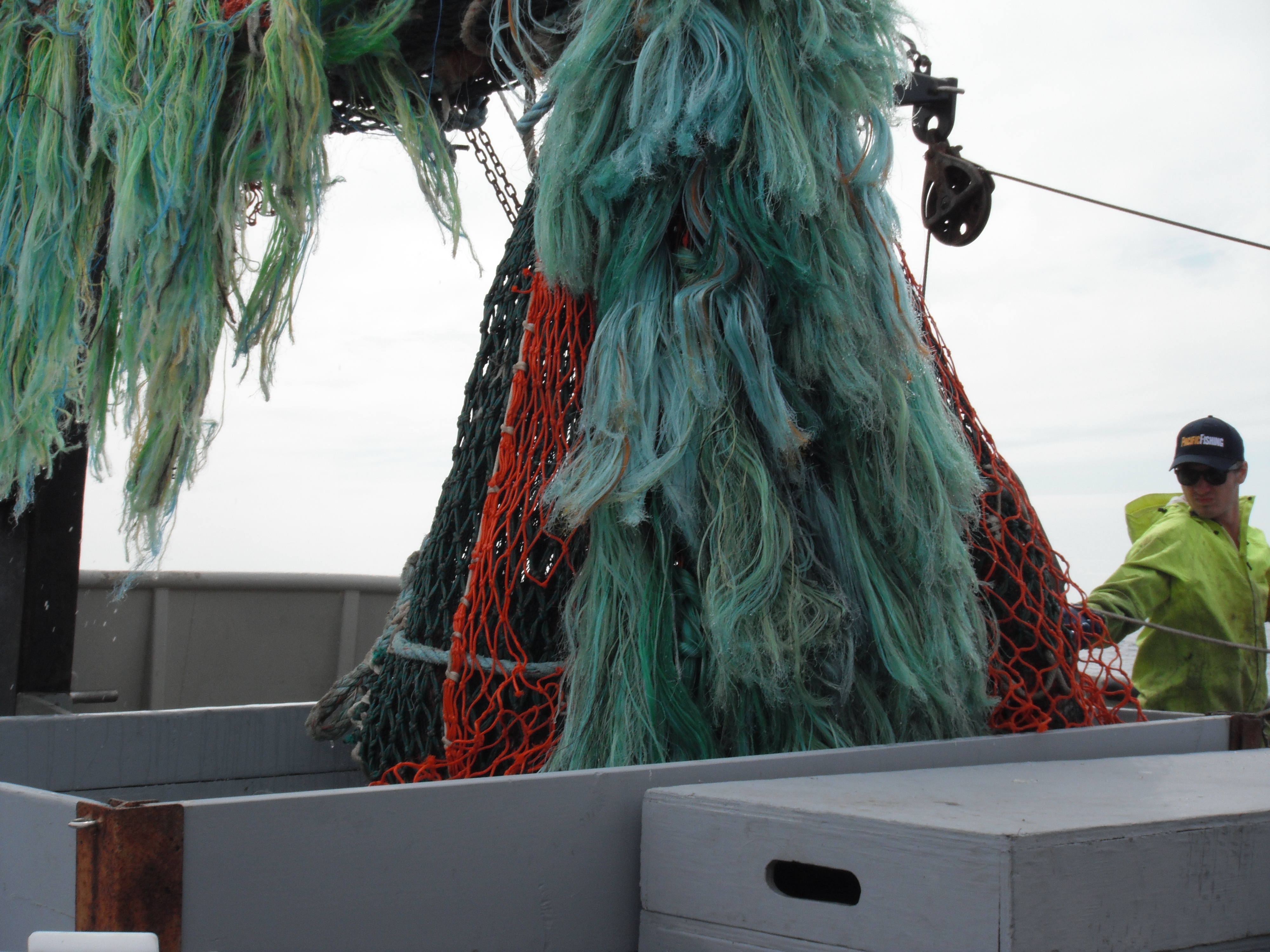
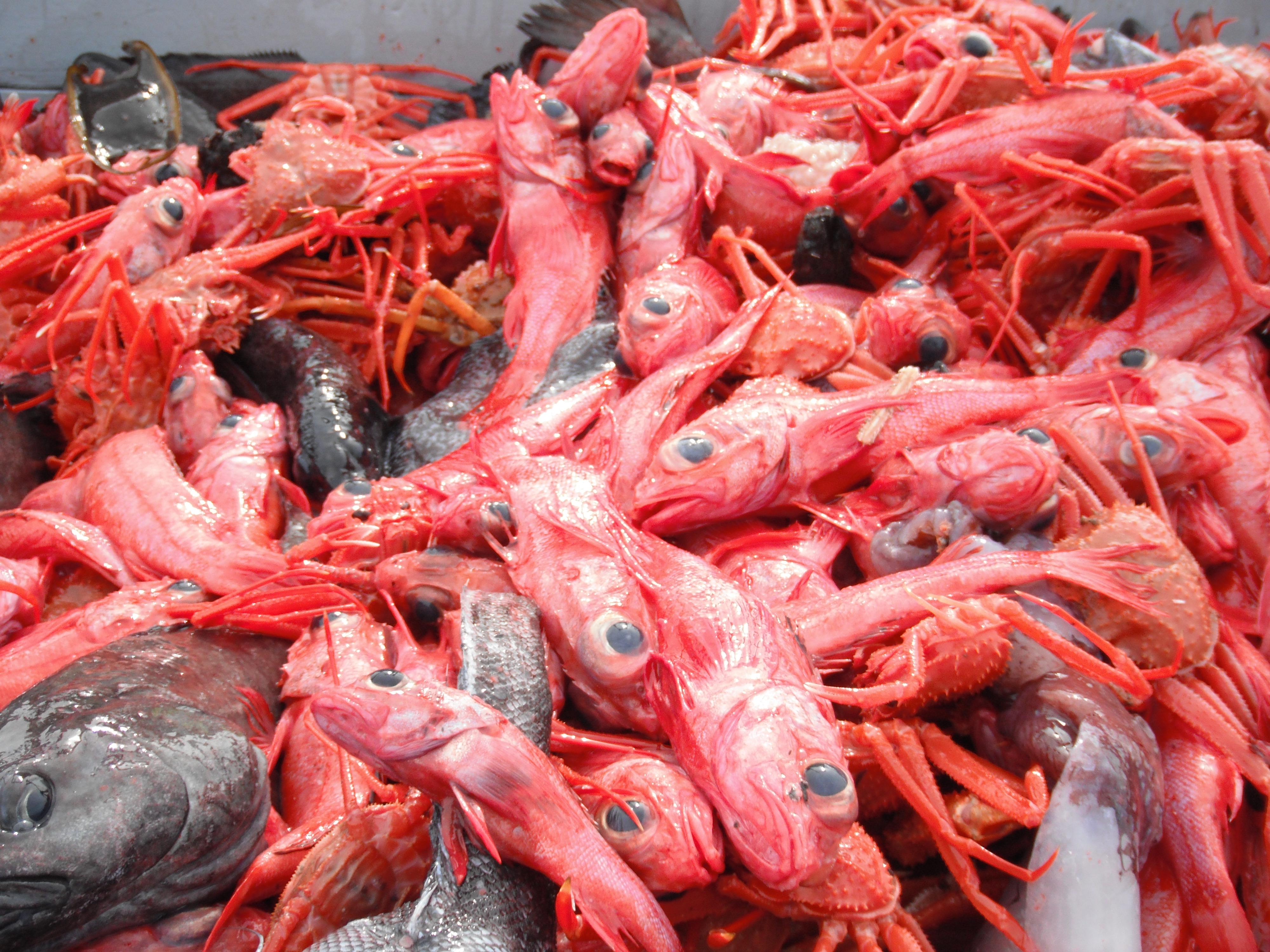
Here's a sample of what we would find in our deep trawls. Sablefish (Anoplopoma fimbria) aka black cod, shortspine thornyheads (Sebastolobus alascanus) , longspine thornyheads (Sebastolobus altivelis), tanner crabs (Chionoecetes spp.) , and pacific grenadiers (Coryphaenoides acrolepis), were common in our deep sea trawls.
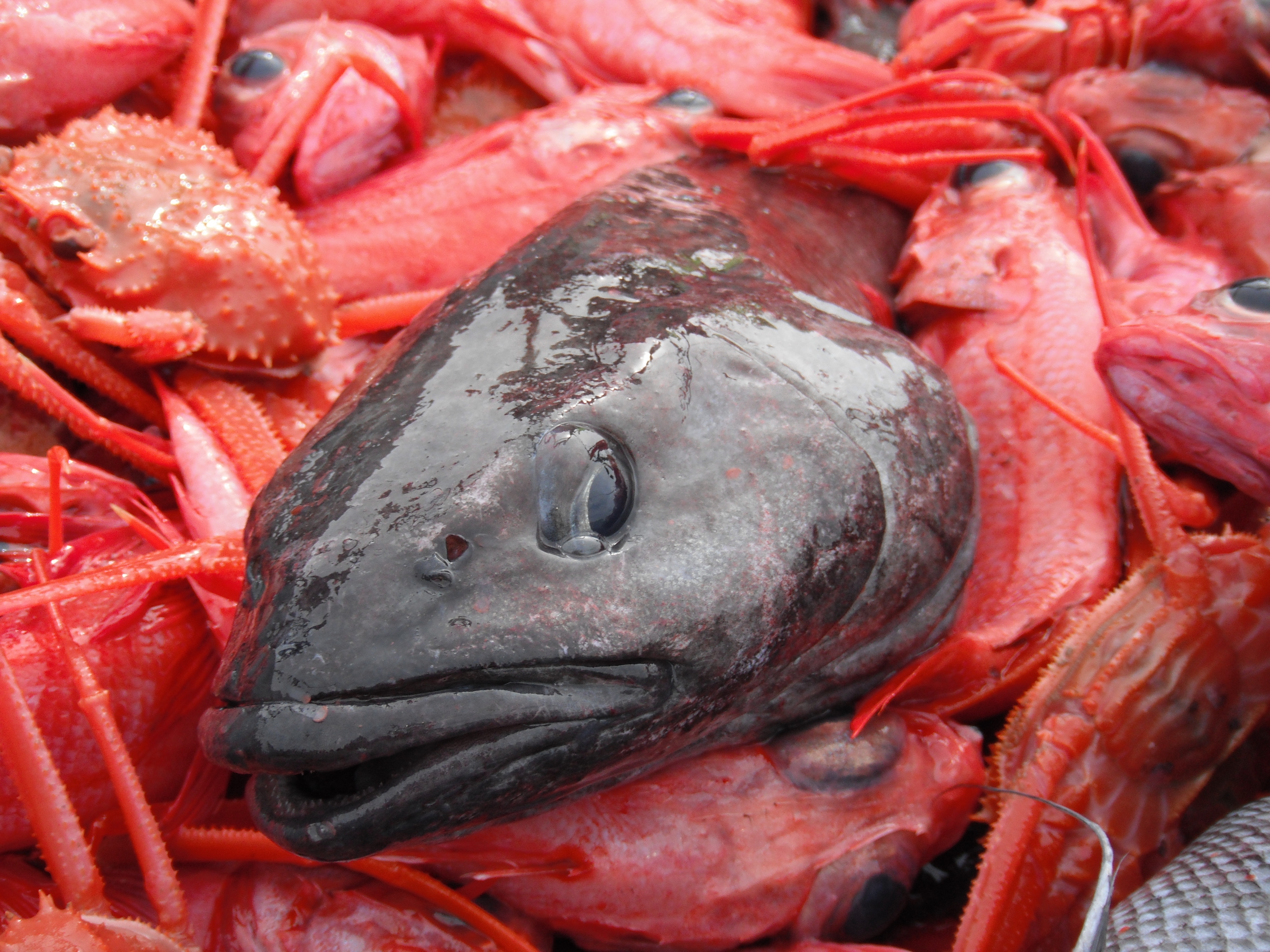
Sometimes we would get invertebrates intact in our trawls. Here we found two deep sea octopuses. I even saw one ink while it was trying to situate itself from the whole ordeal. Most of the deep sea fish didn't survive because of change of pressure and ended up mangled up from being in a tight enclosure, but it was pretty neat to see specimens of viperfish and hatchet fish in our deep trawls!
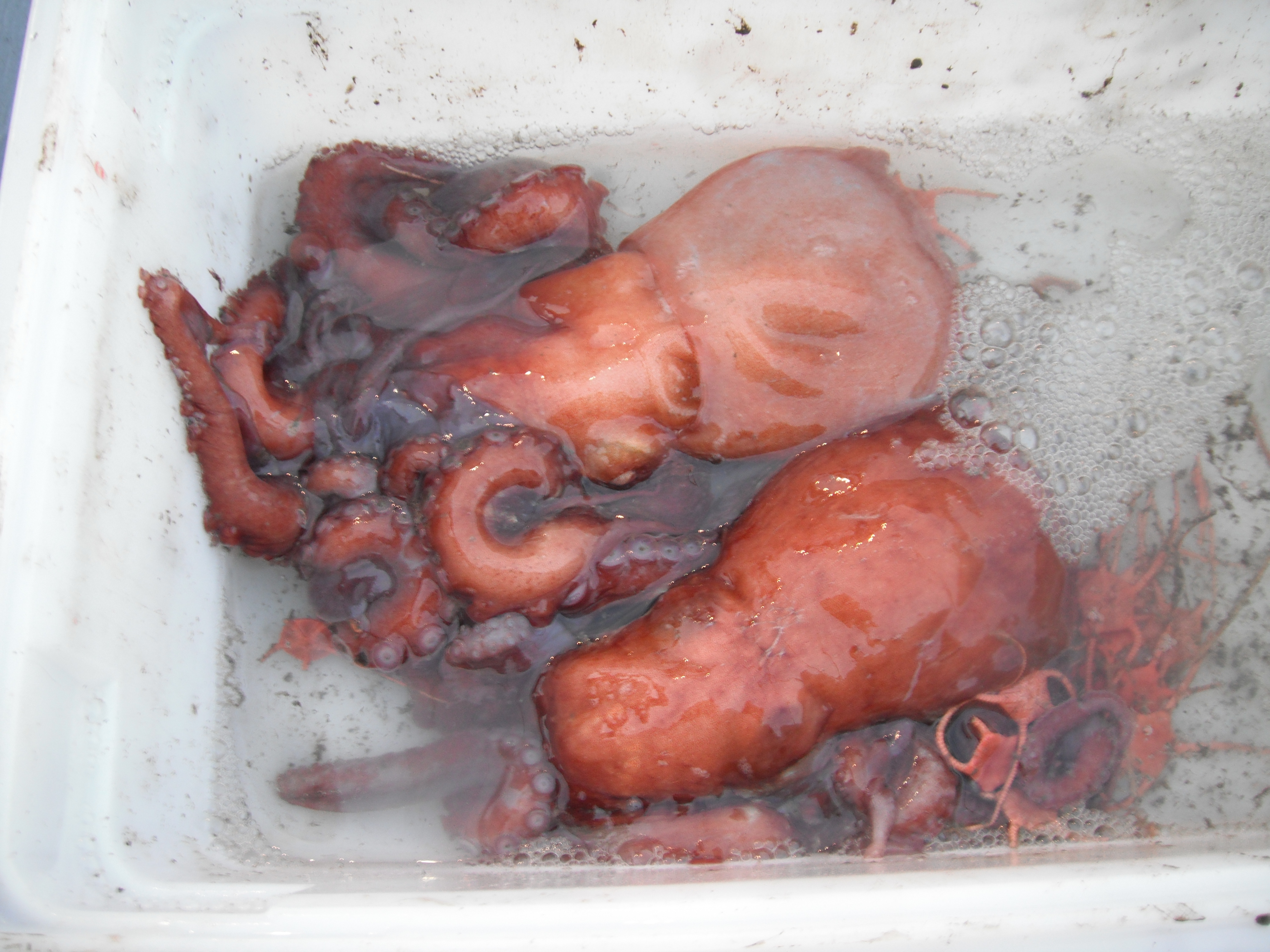
Other times, we would have hauls that overflowed the fish trough which left fish scattered on the deck floor. Days like that we had to scramble and sort the fish, because there were times when we wouldn't have a break when the next trawl would set. I had to learn how to be very efficient in my fish sorting abilities!
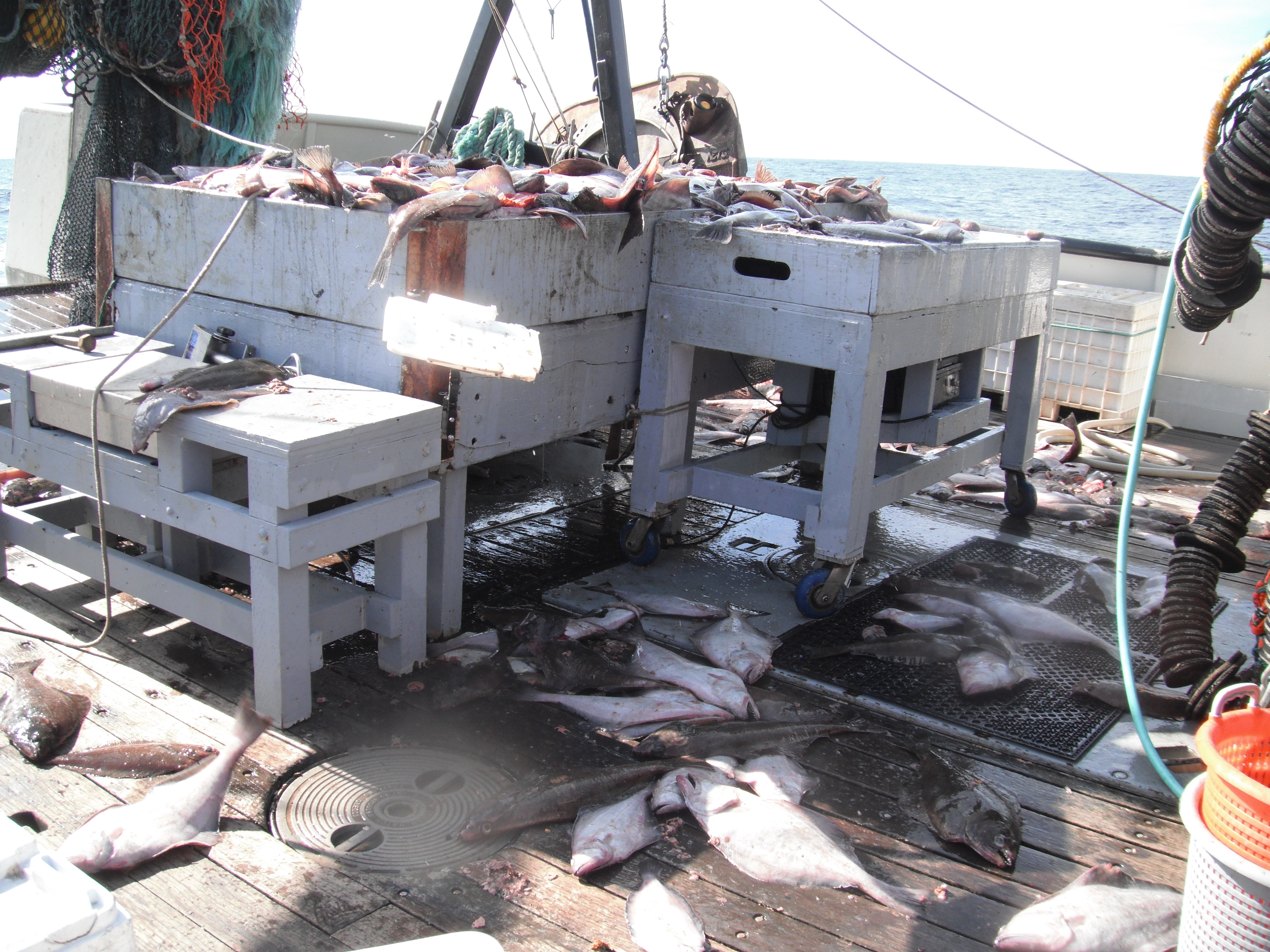
One day, I managed to find a glass float from the Japan tsunami that occurred 3 years ago. There's still lots of marine debris.
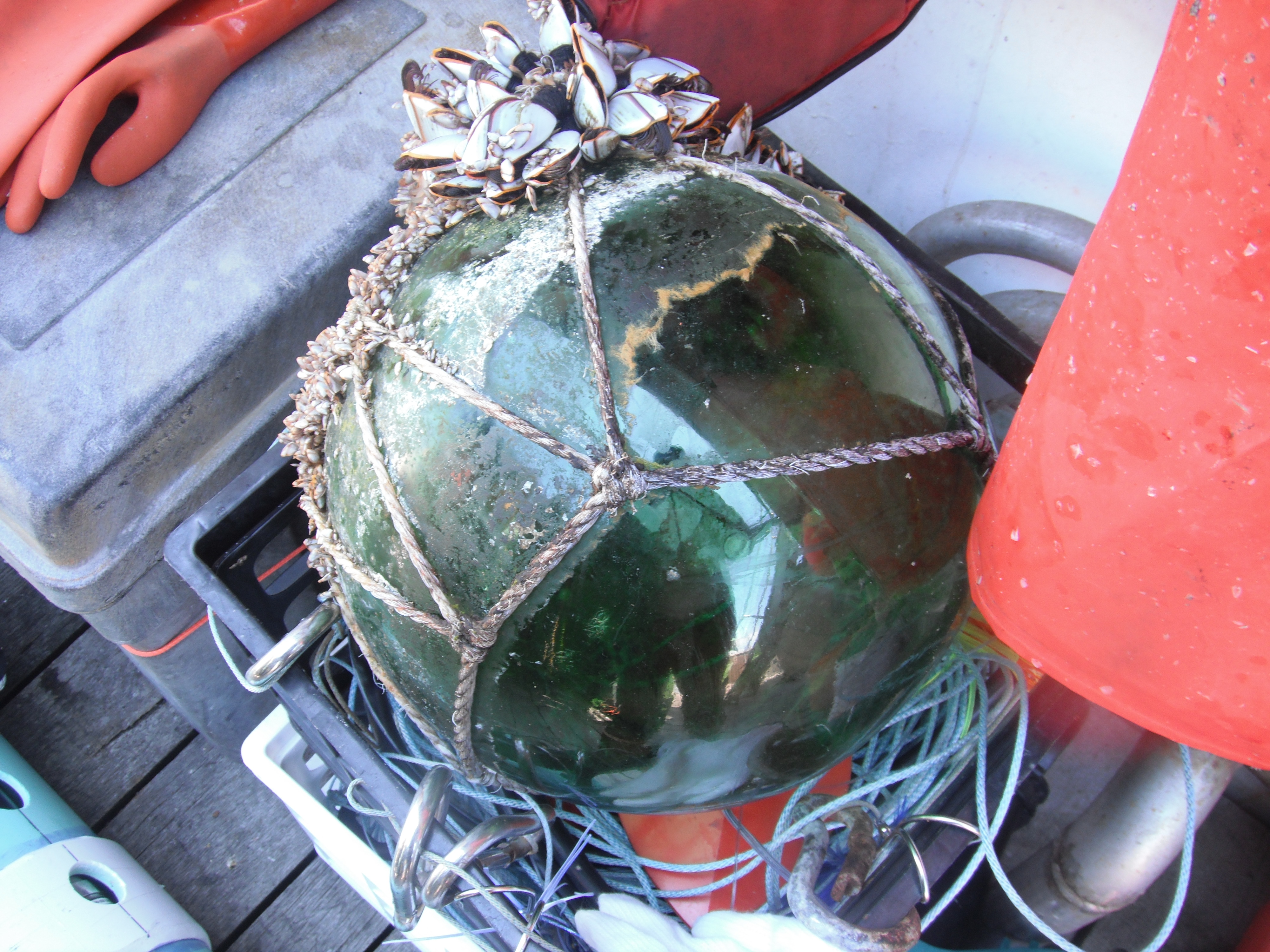
Sometimes our trawls would have 10 to 15 species that we had to extract otoliths from. In some species we had to extract quite a range of otoliths from two individuals to fifty!
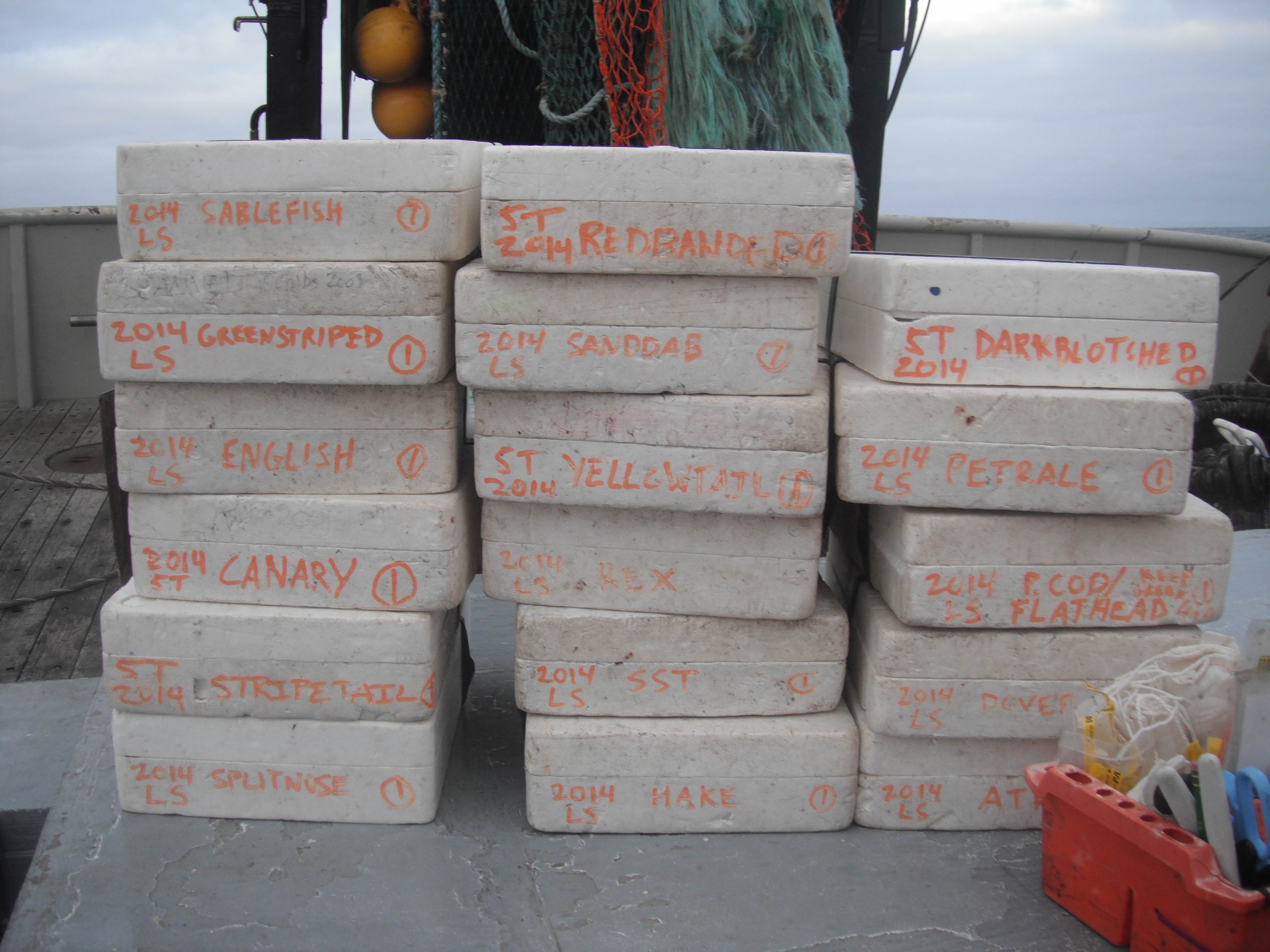
The best of all was this surprise! We found a common murre egg from one of our deep trawls. It survived the ordeal from being snatched from the nest, and unscathed from our deep water trawl. I brought the egg home as a souvenir! Overall, I enjoyed my first long sea voyage on the FRAMD survey. I hope to have the opportunity to go back again to experience what life is like out at sea. There's always lots of surprises!
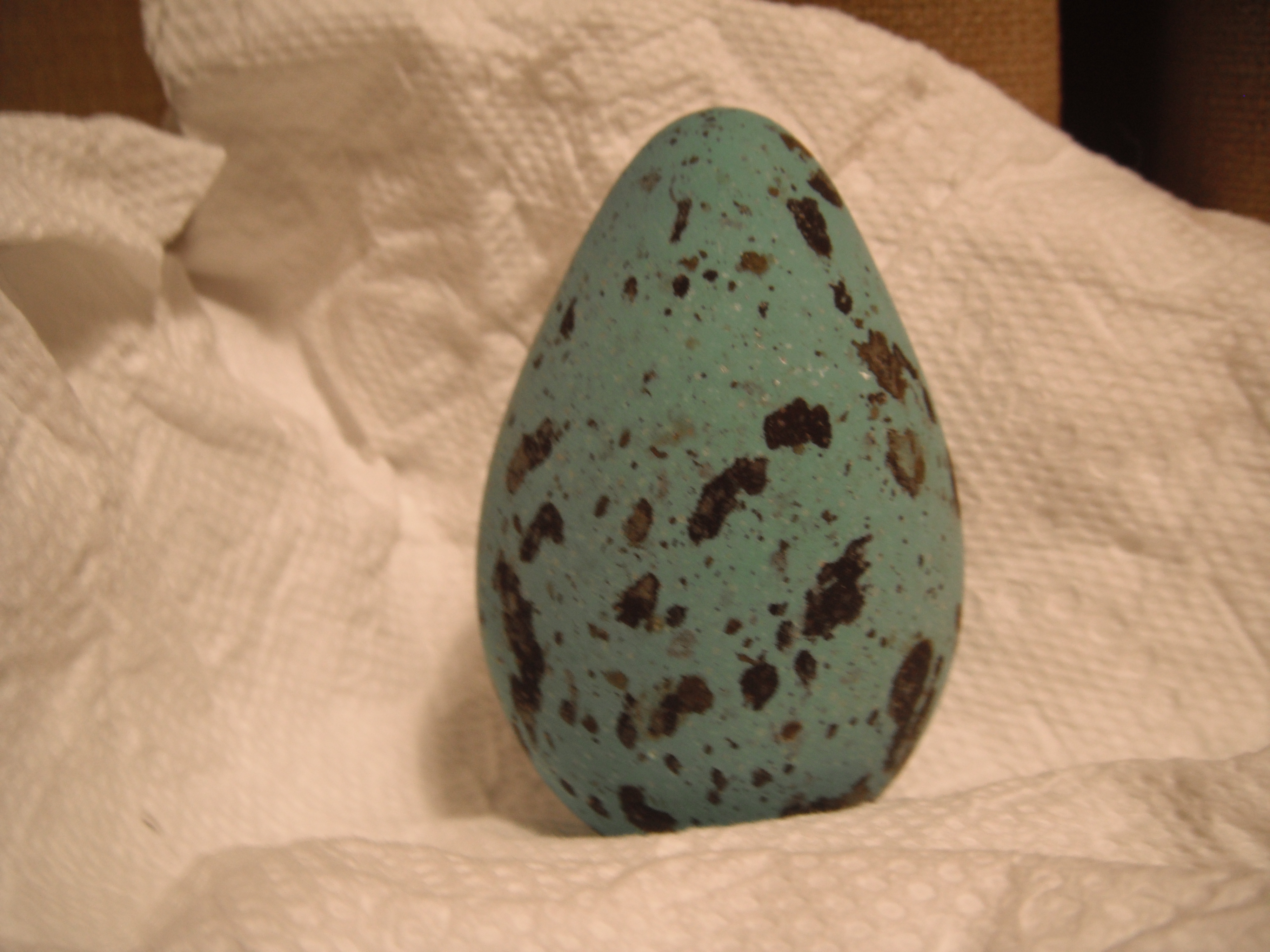


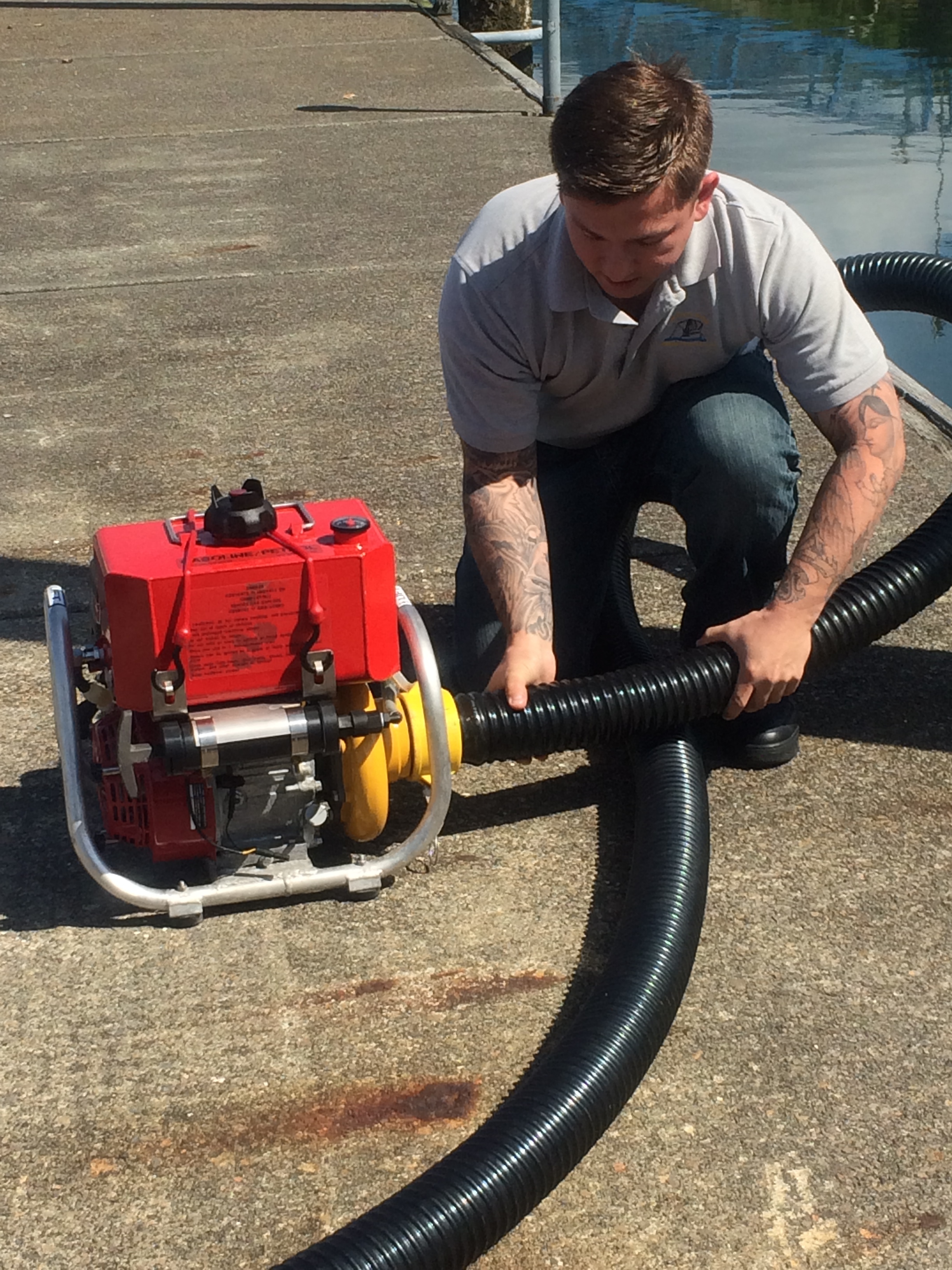
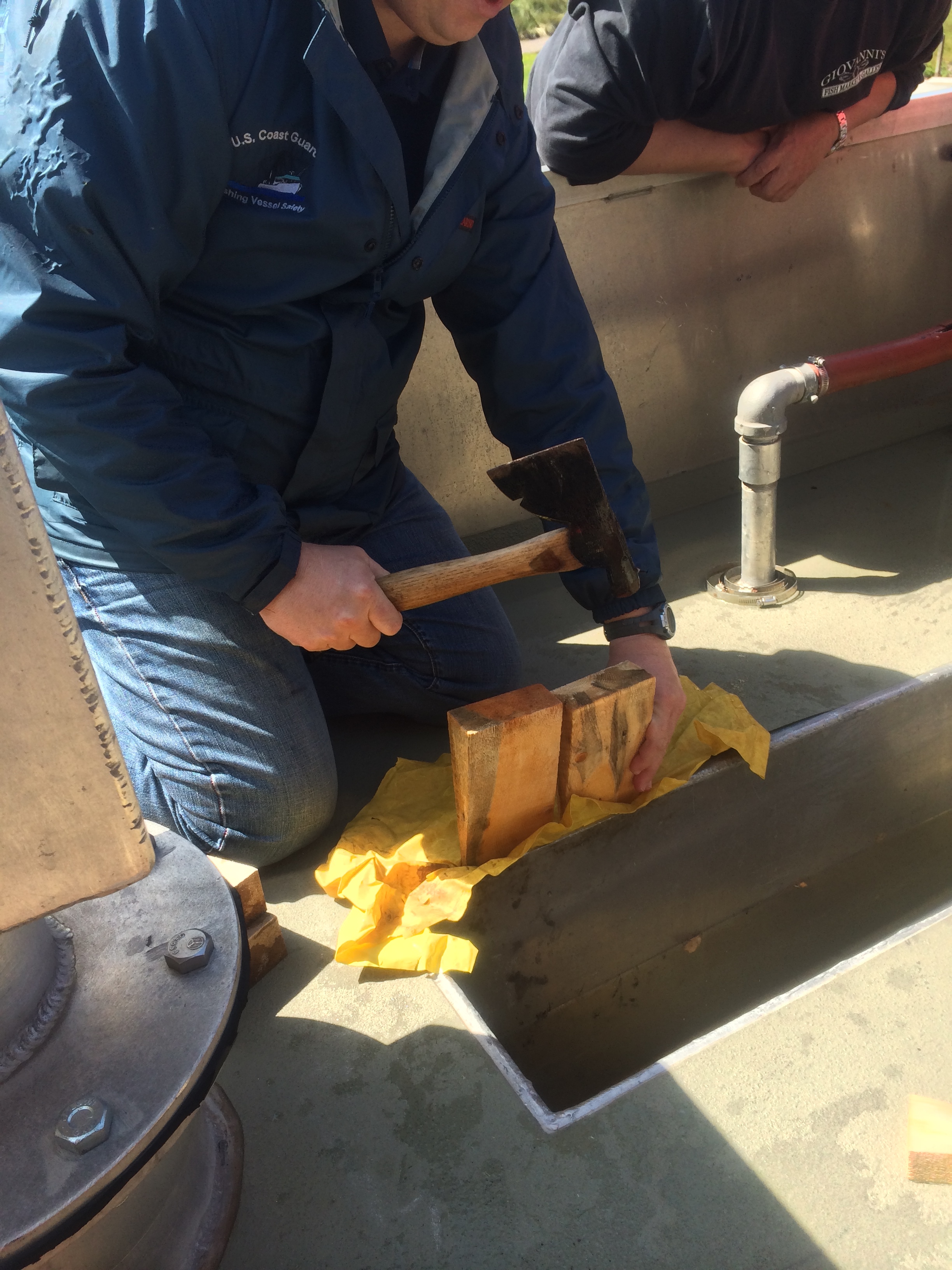
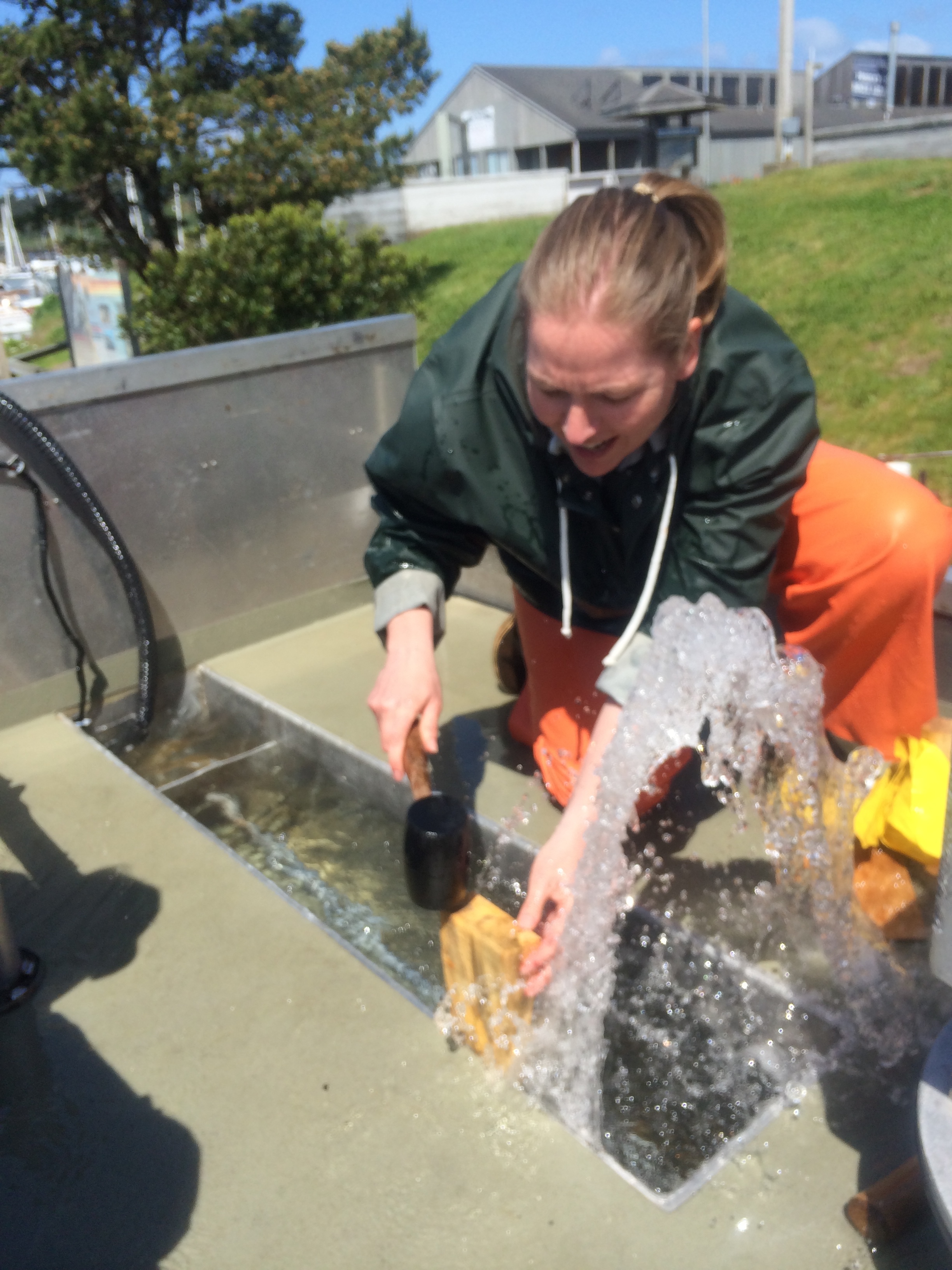
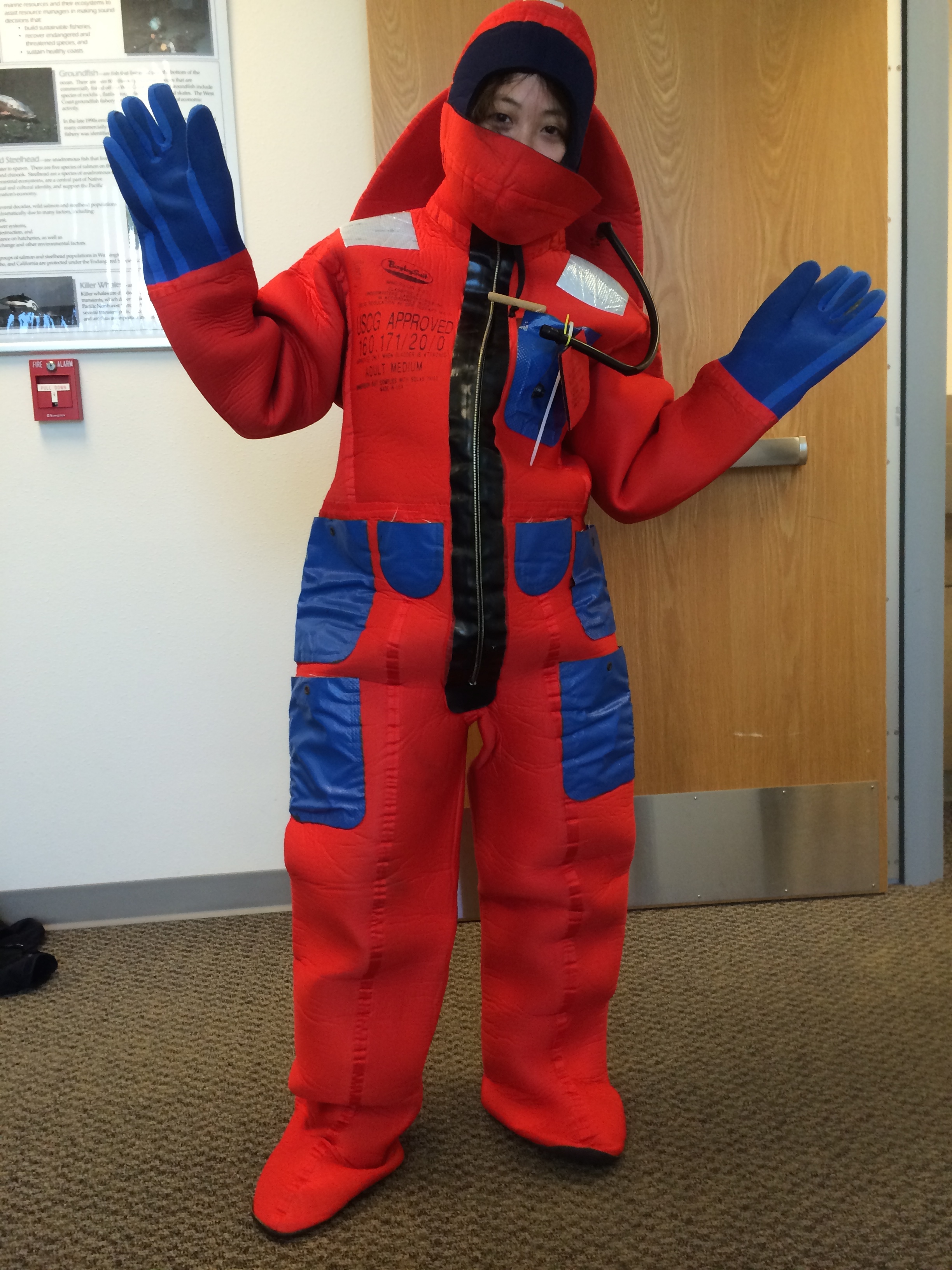
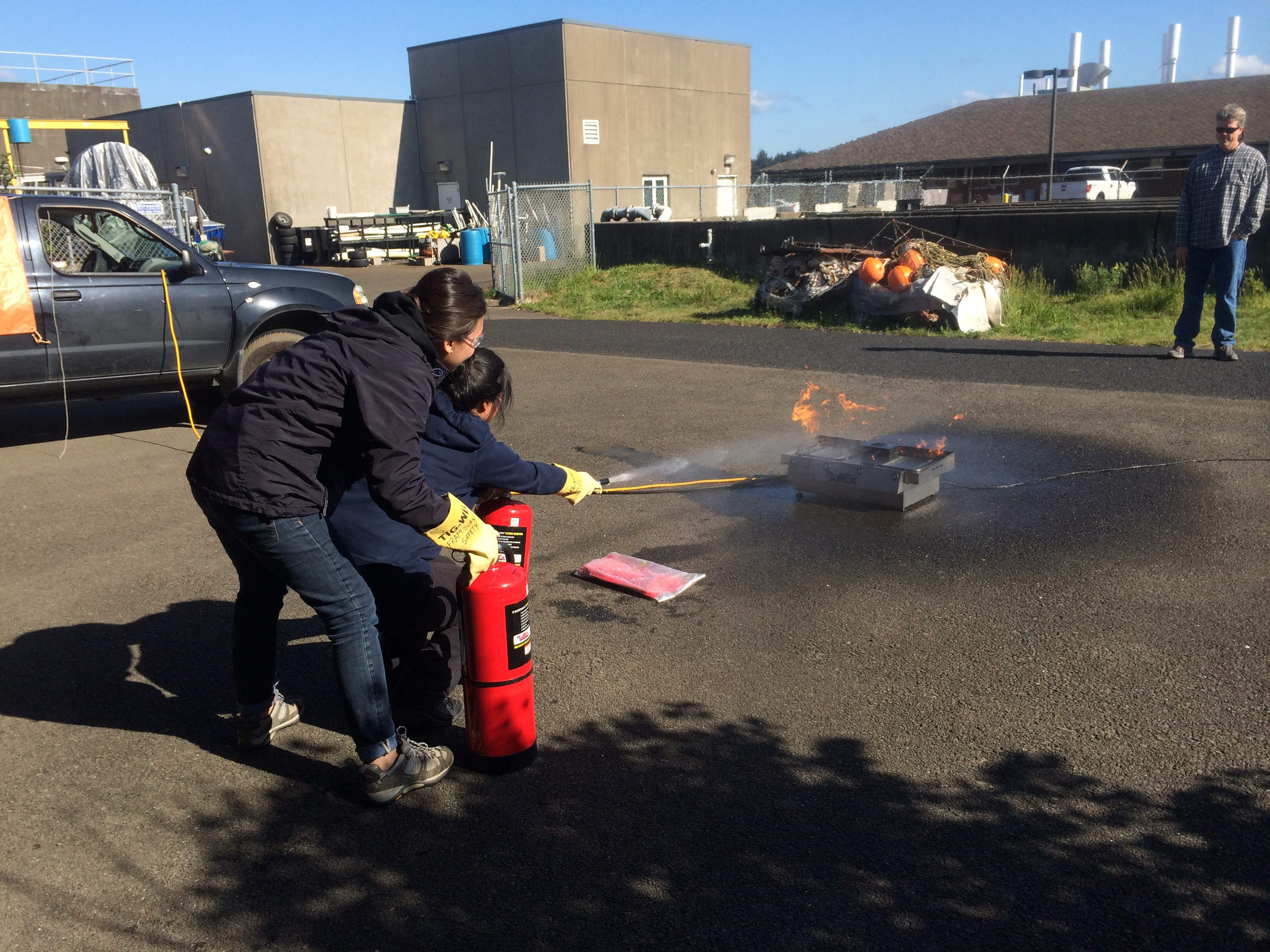
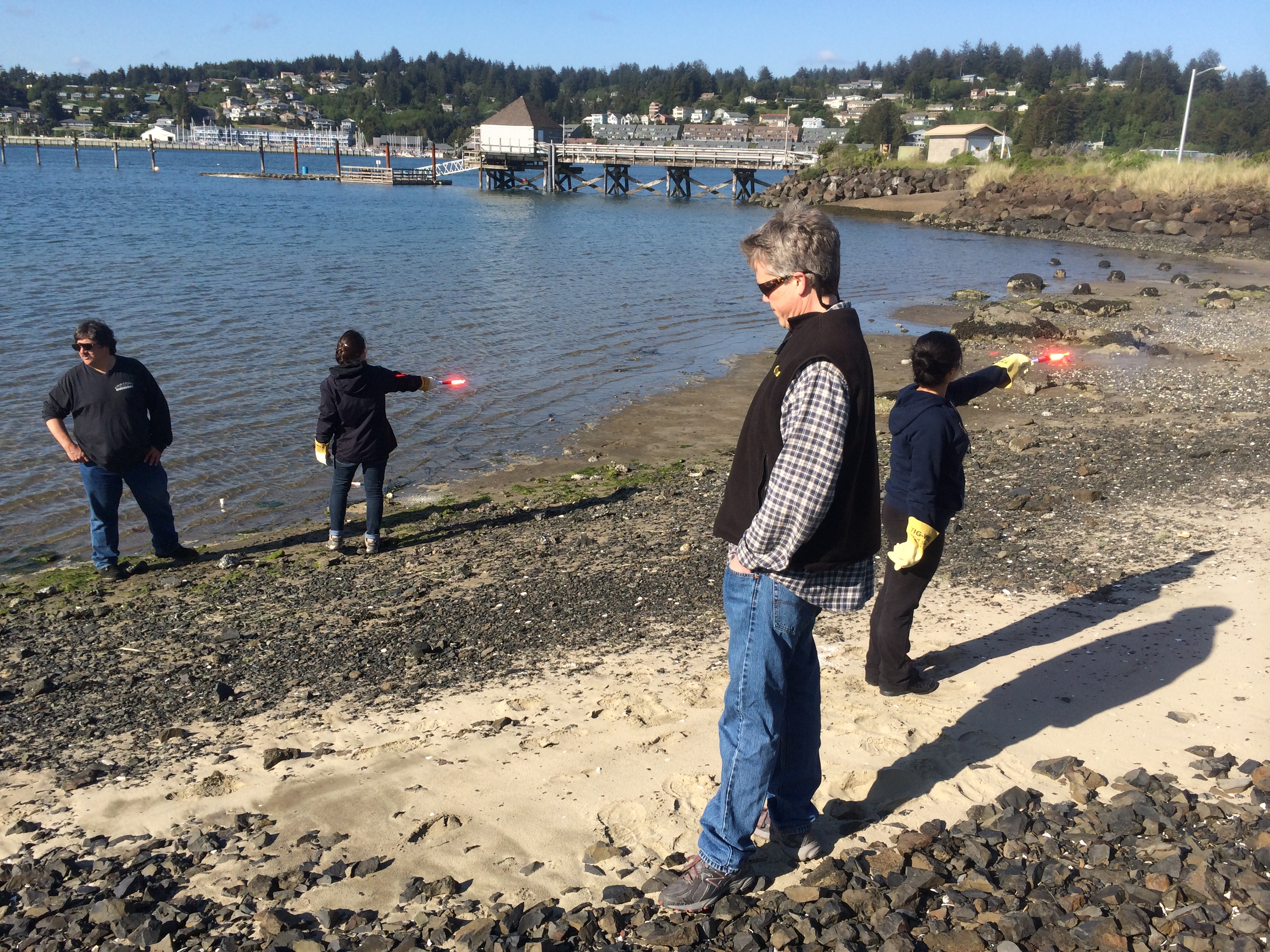
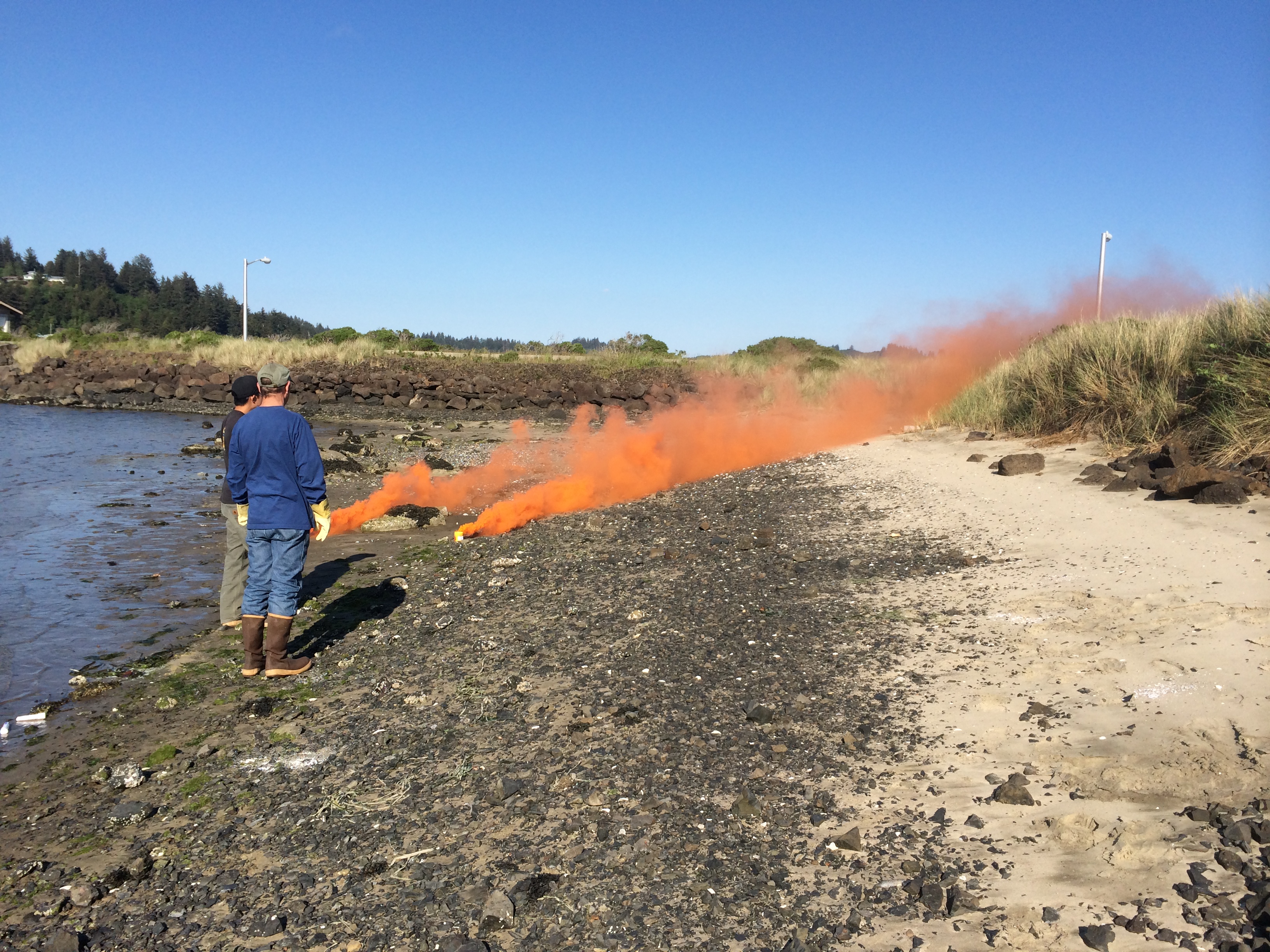
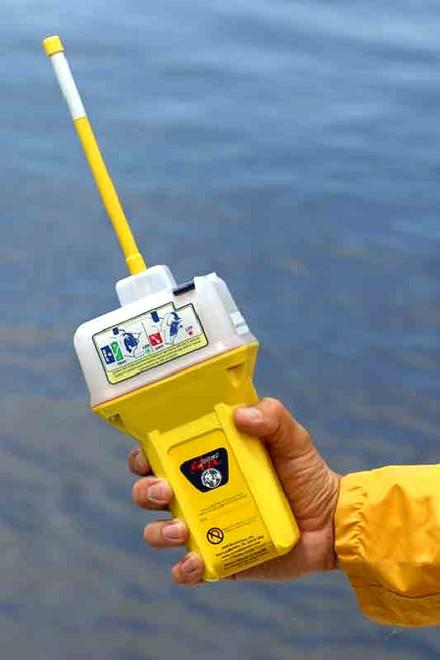
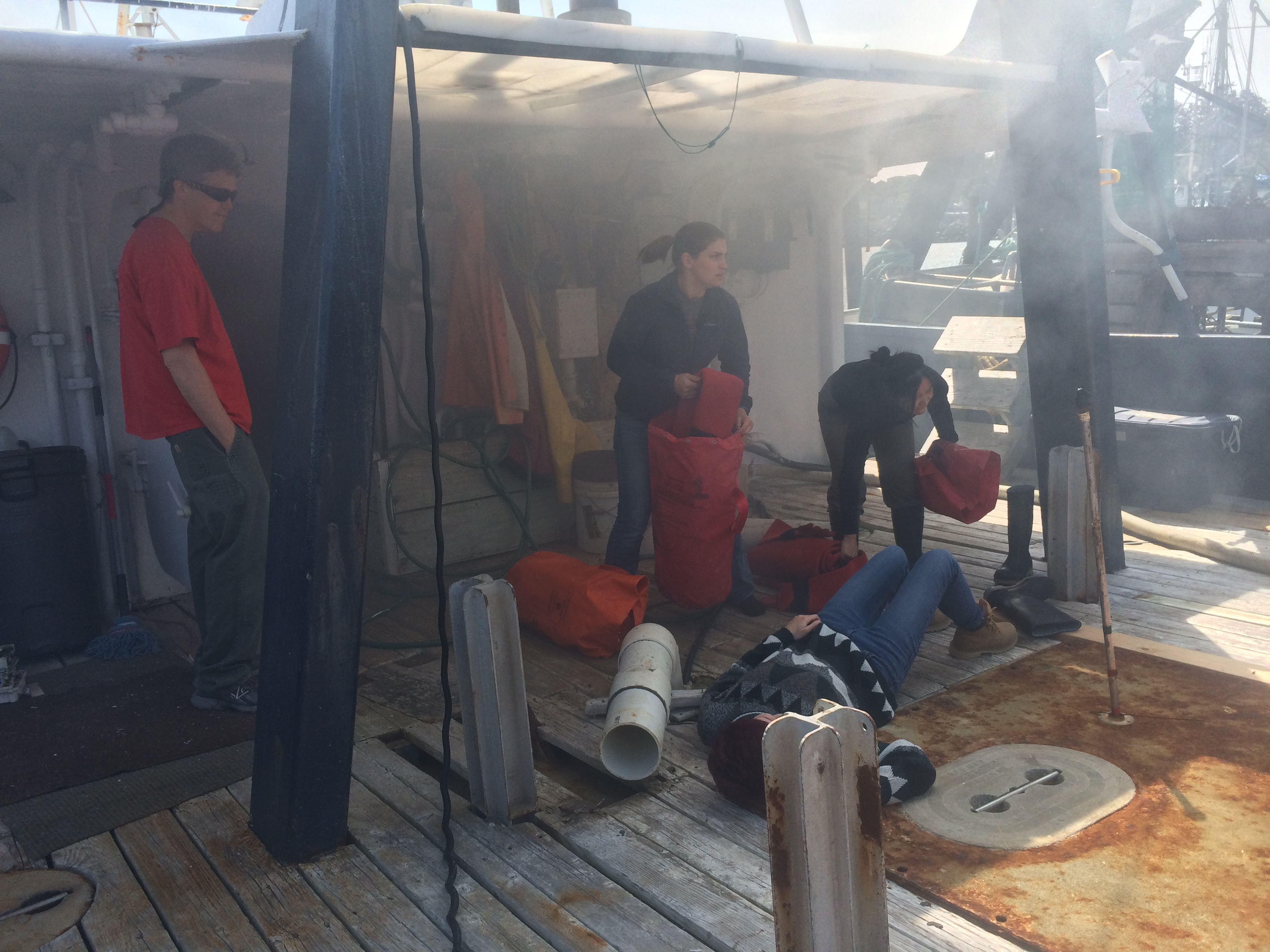
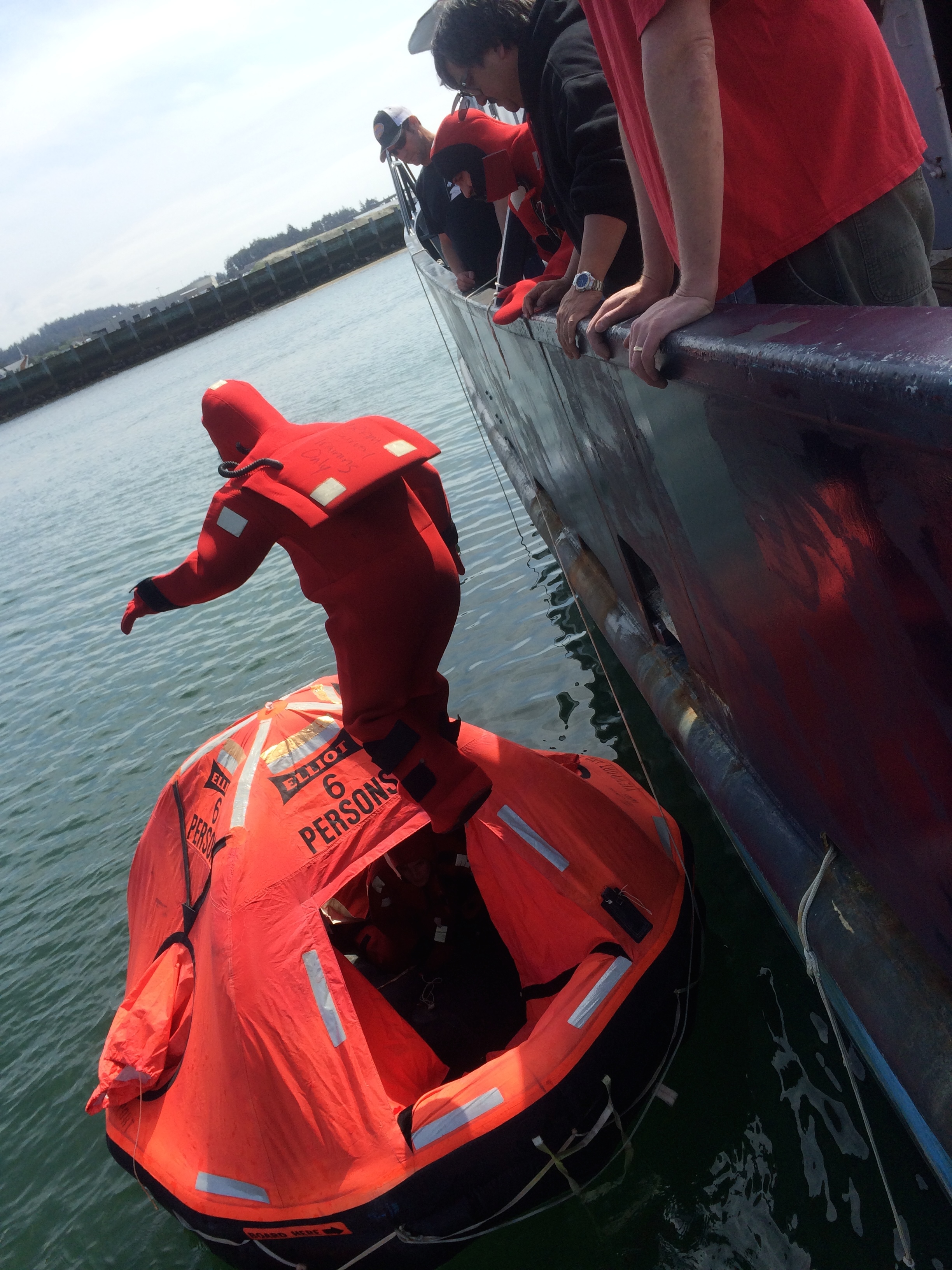
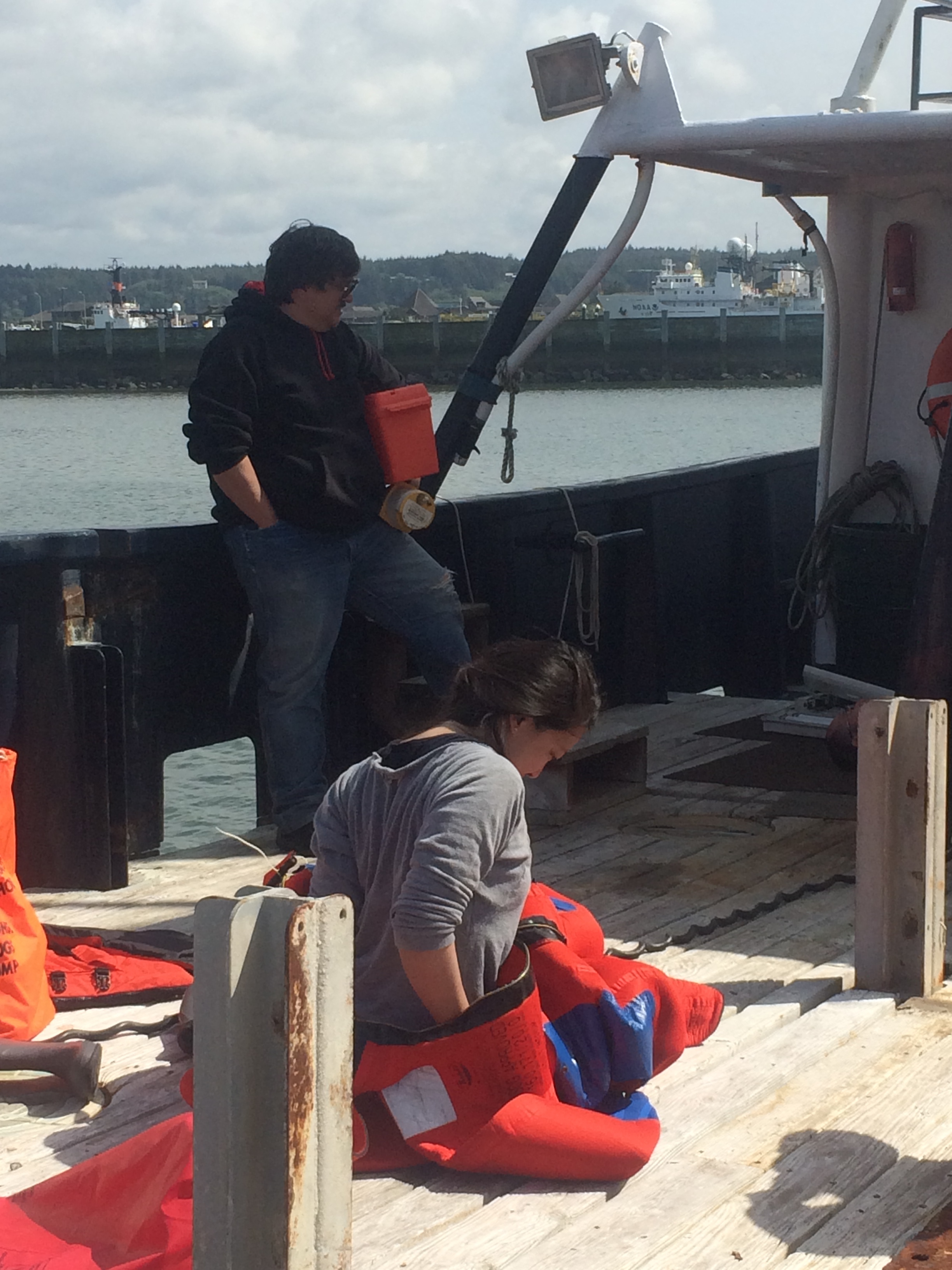
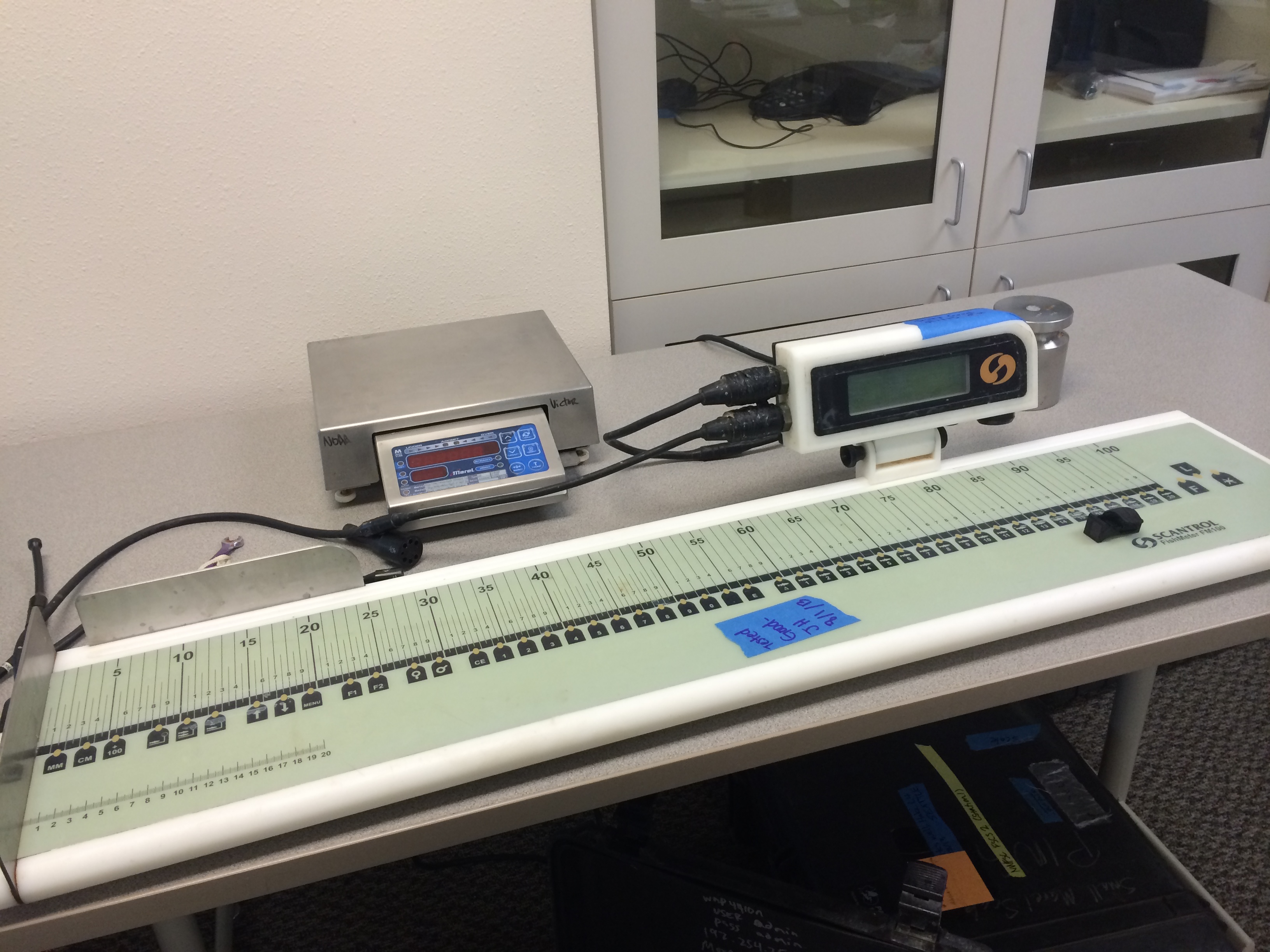
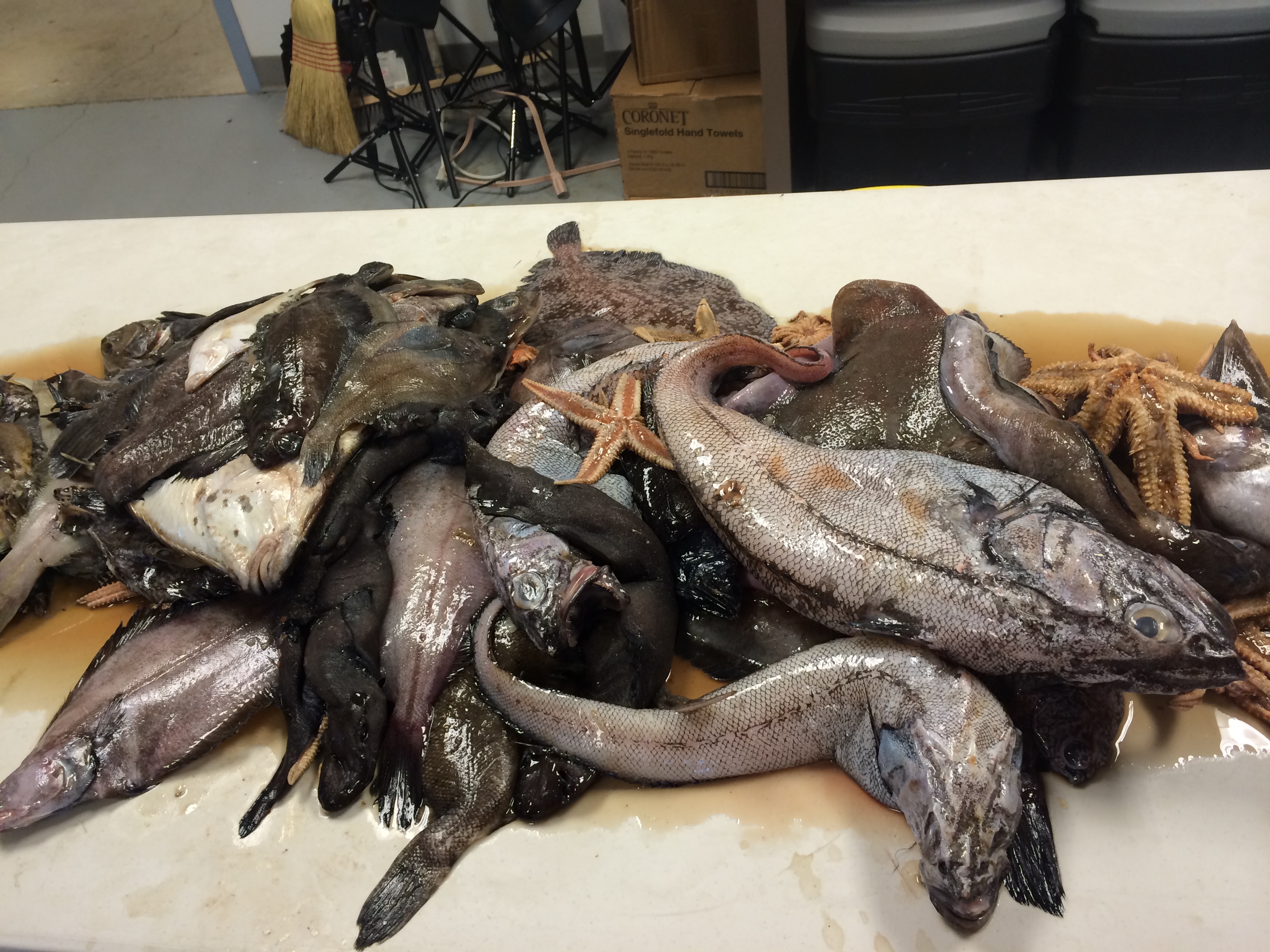
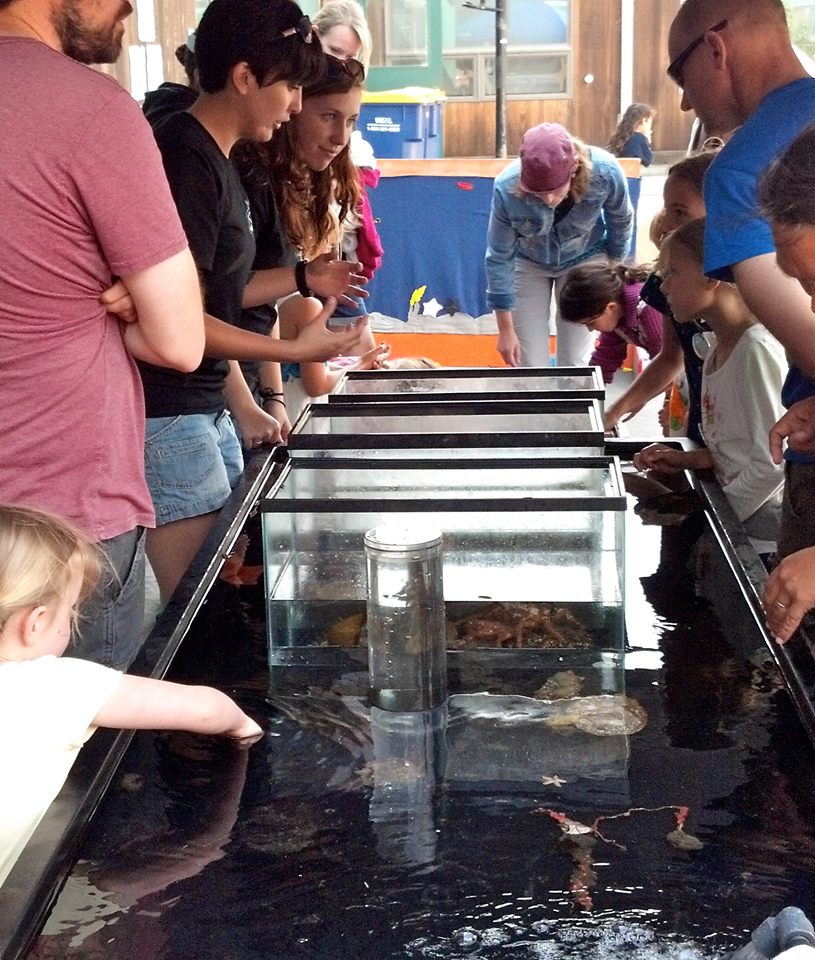
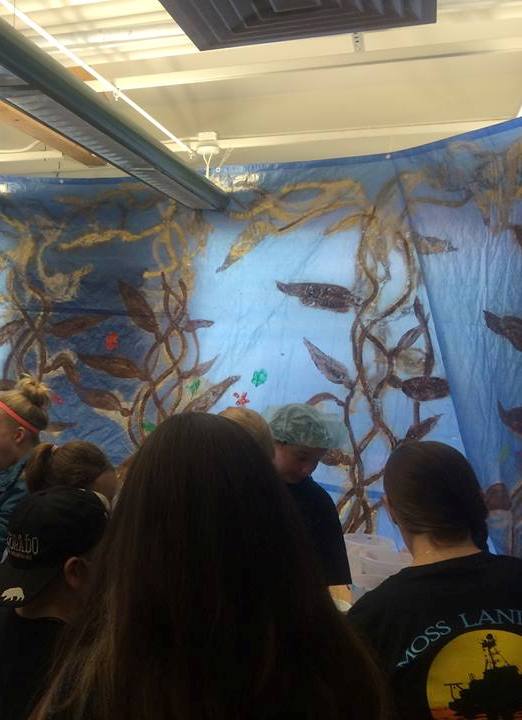
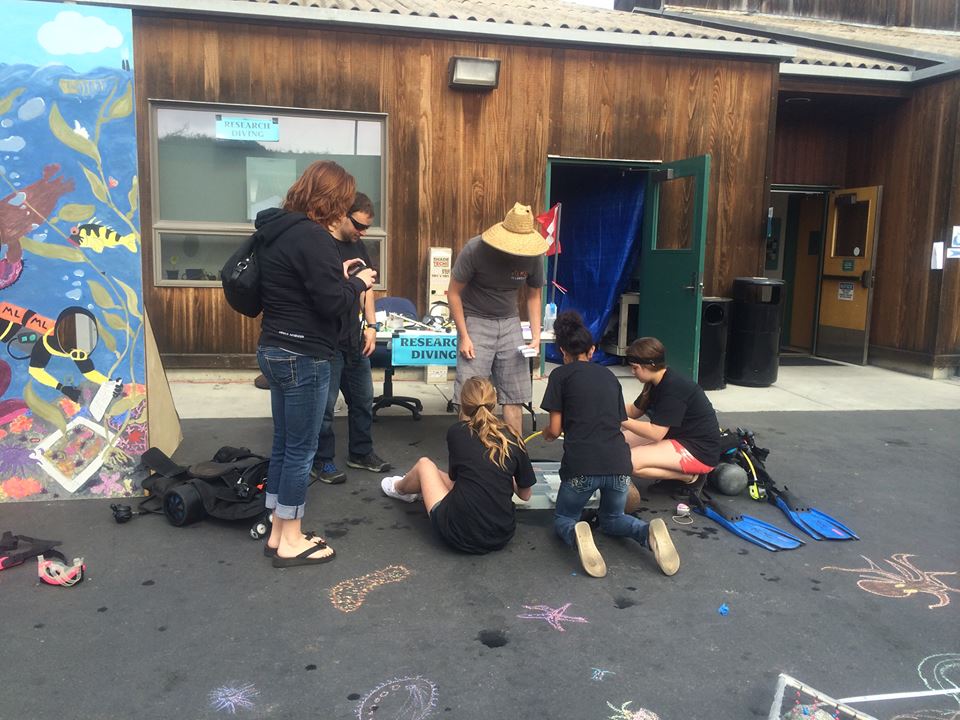
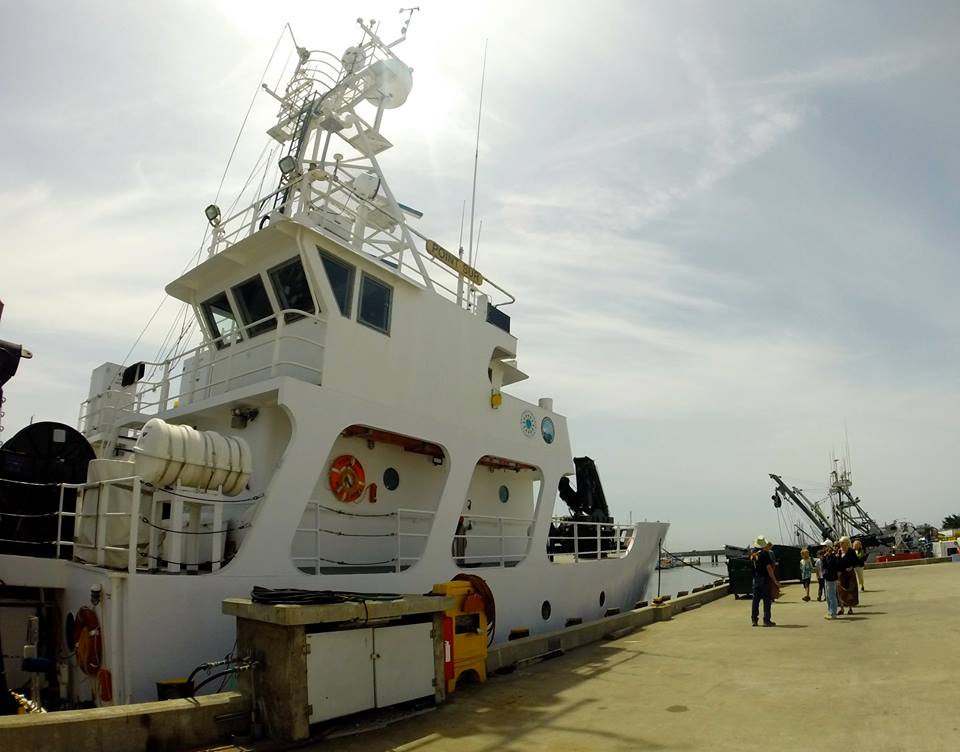
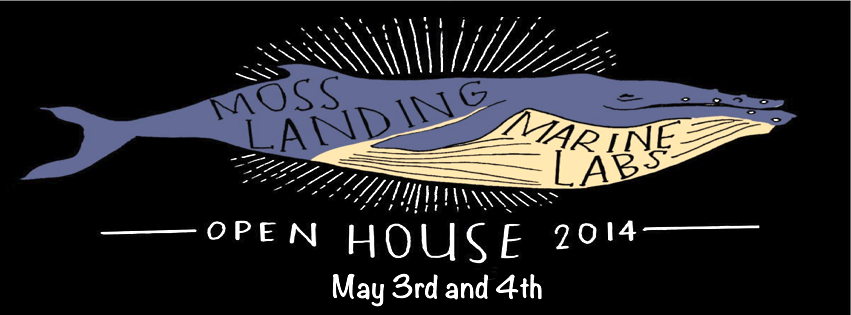
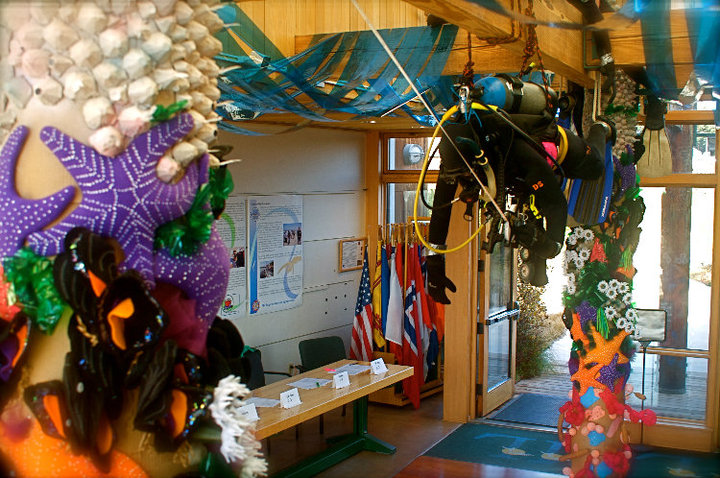
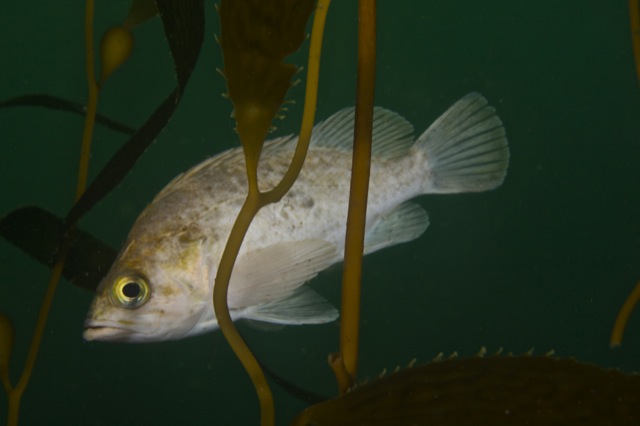
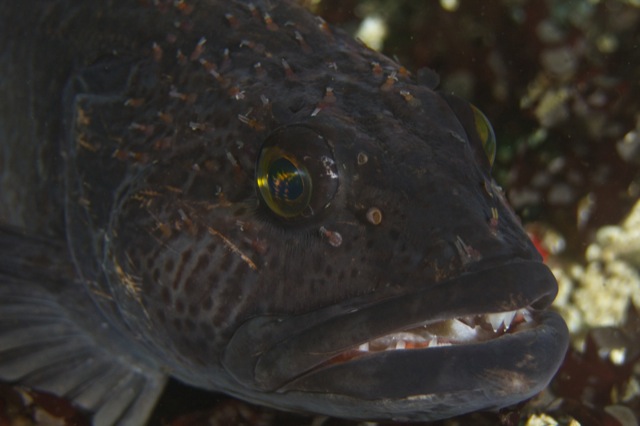
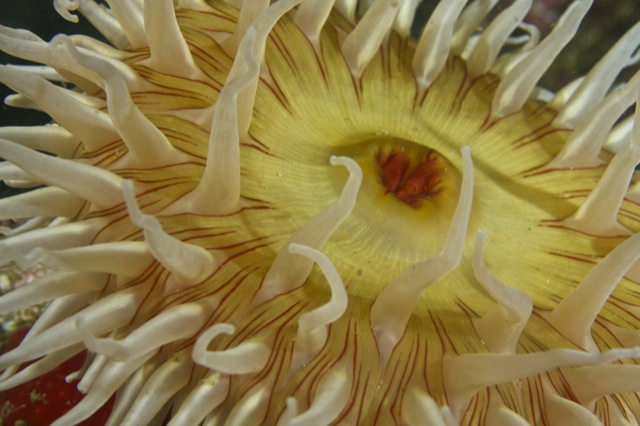
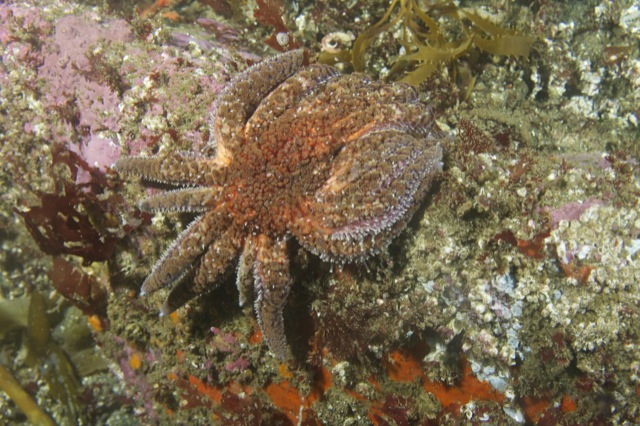
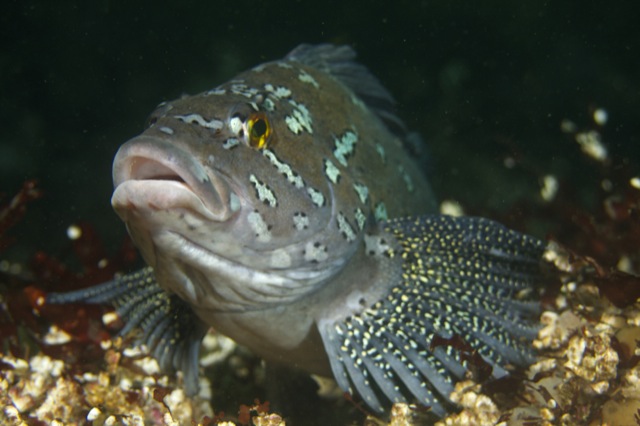
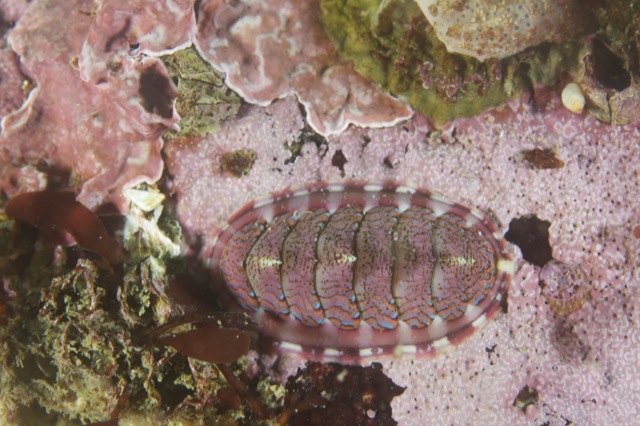
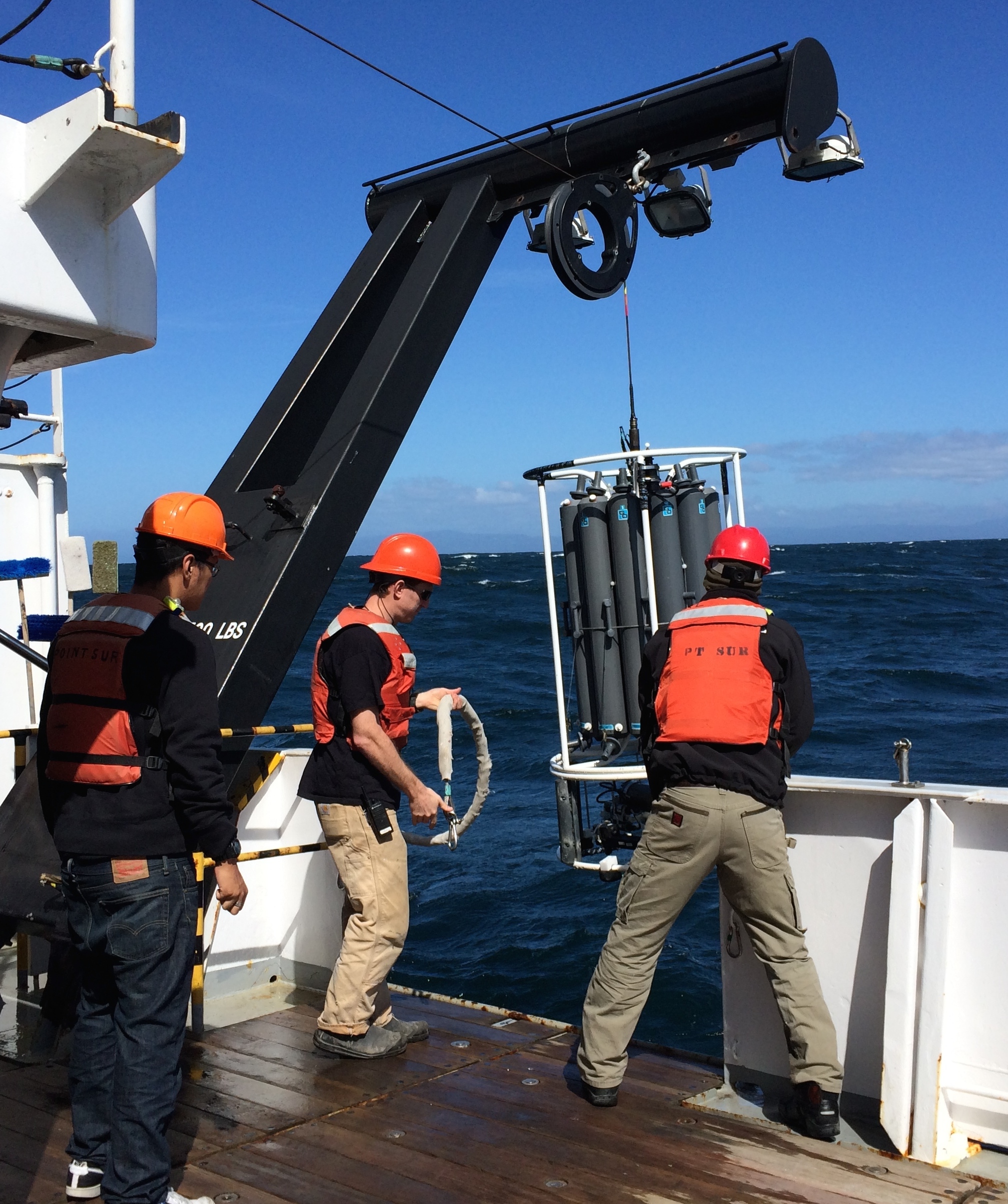
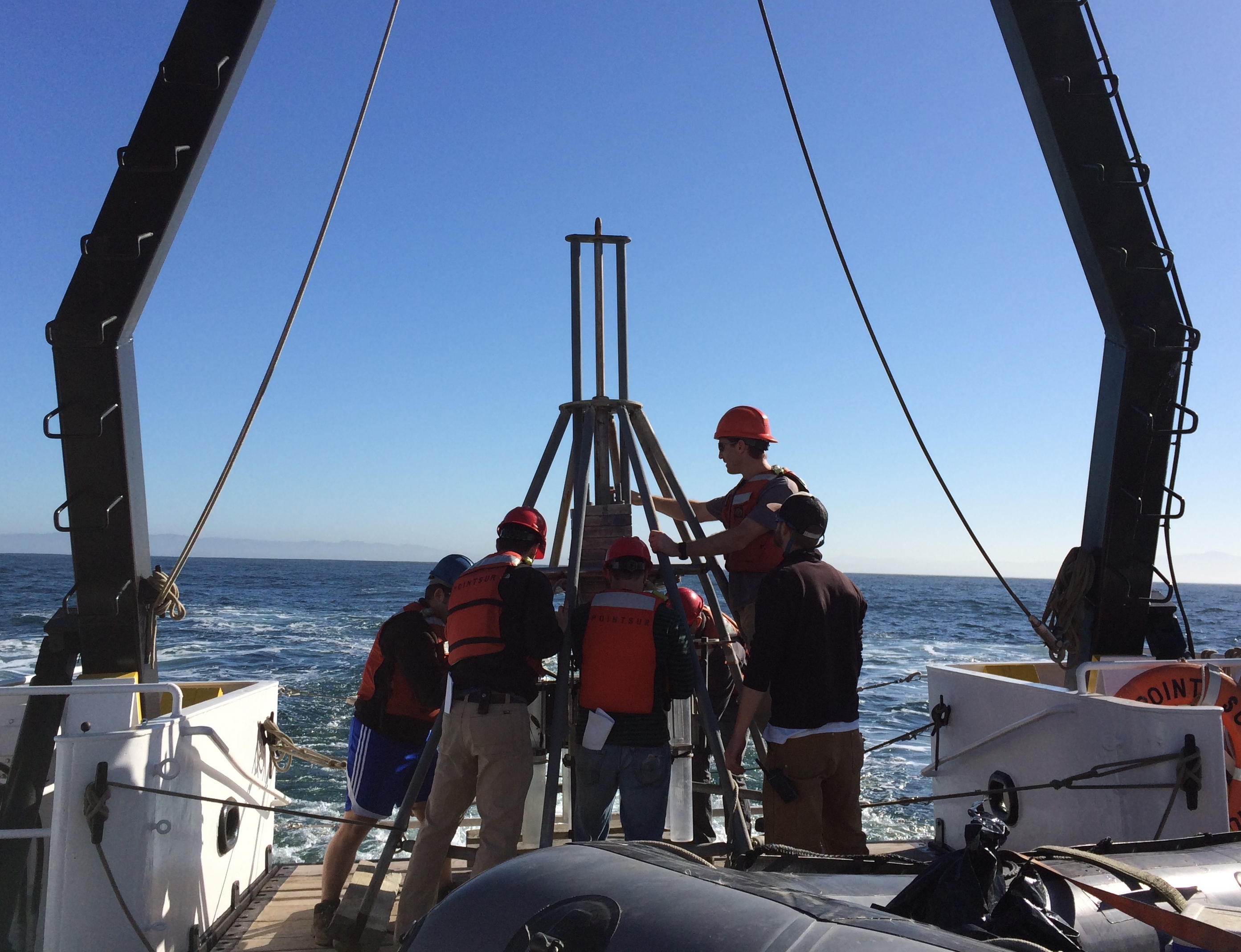
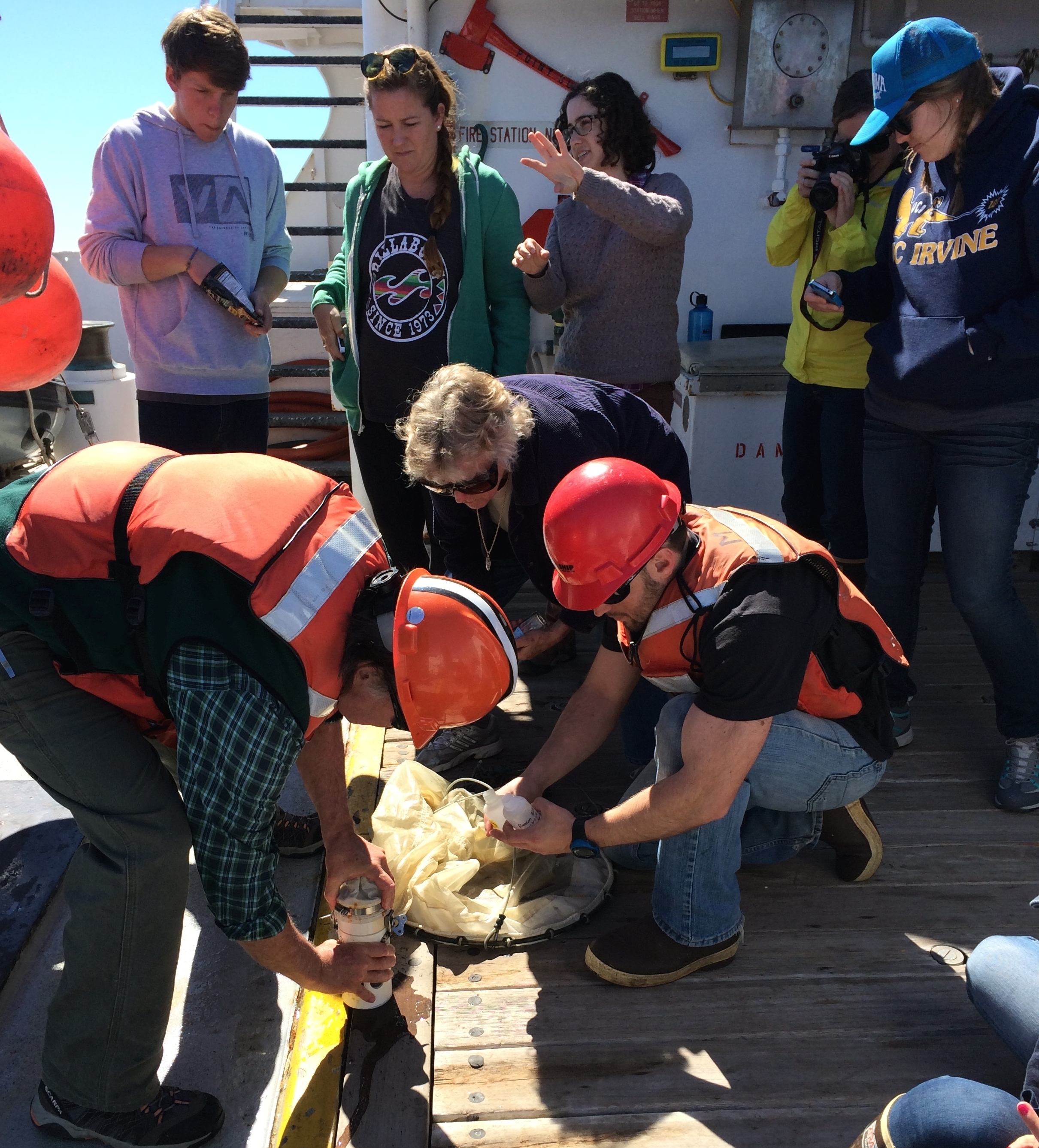
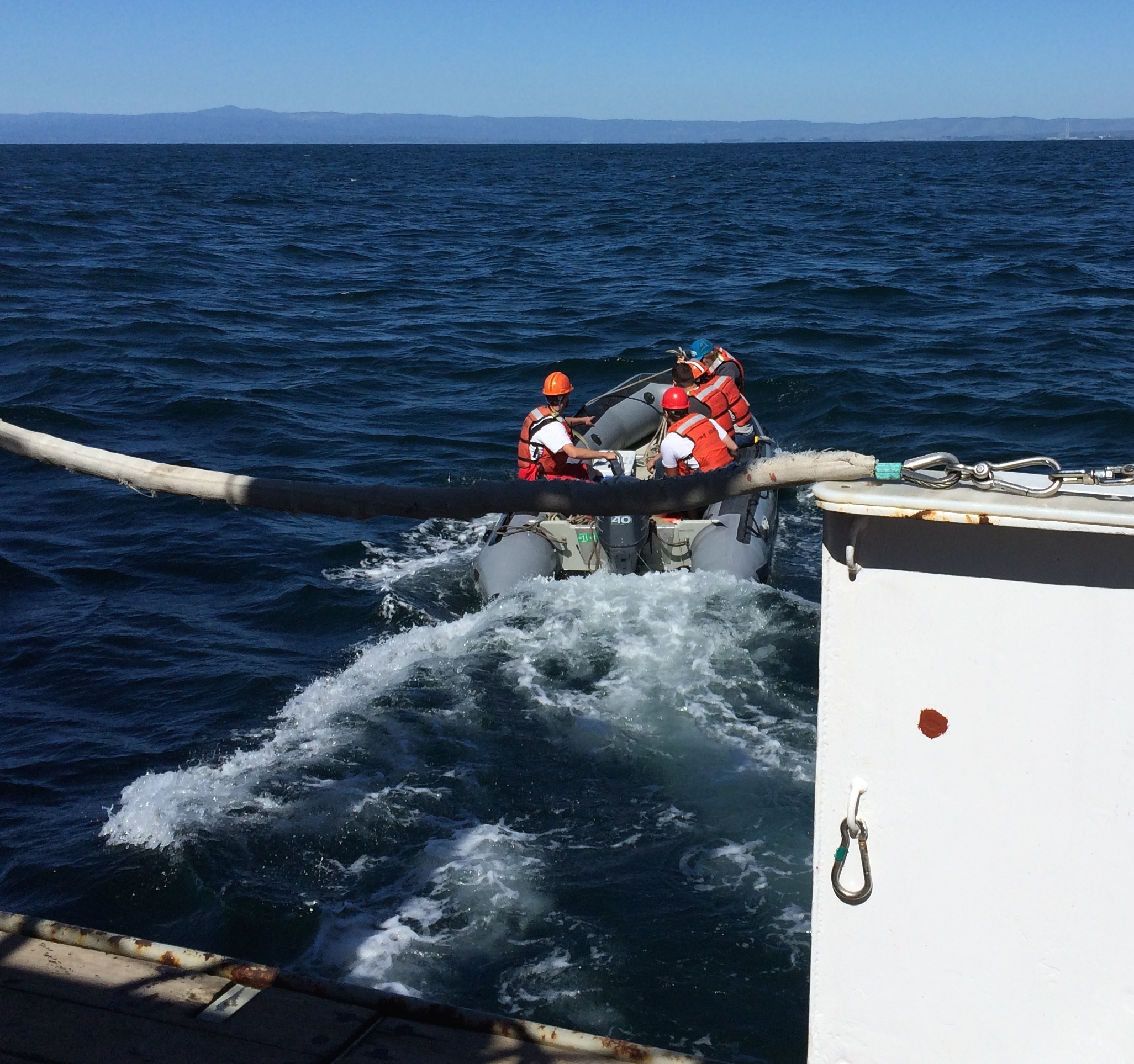
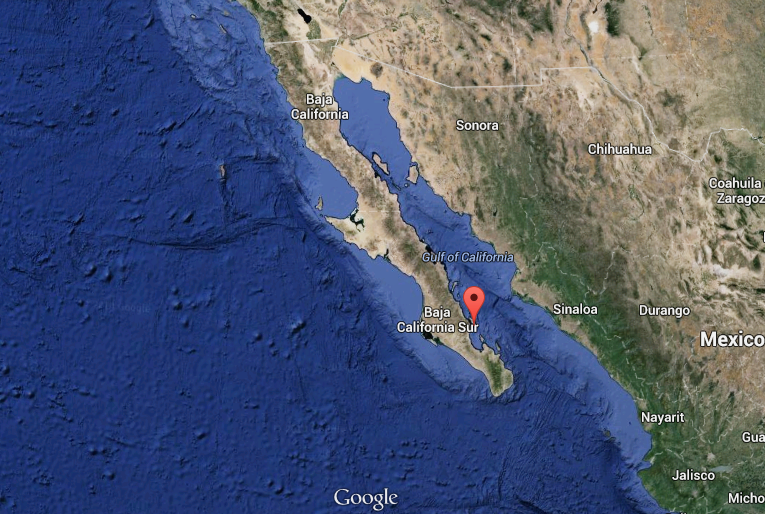
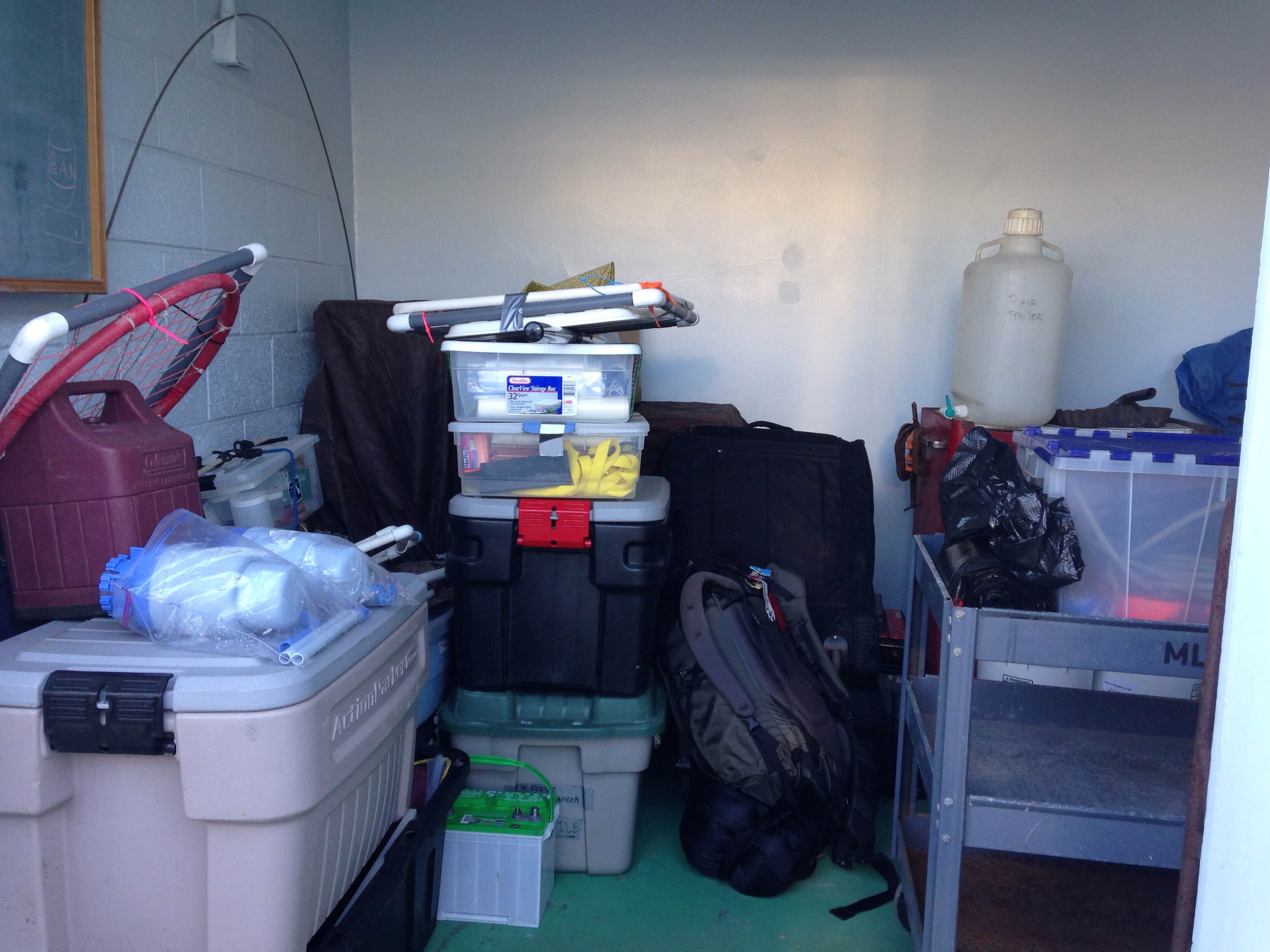
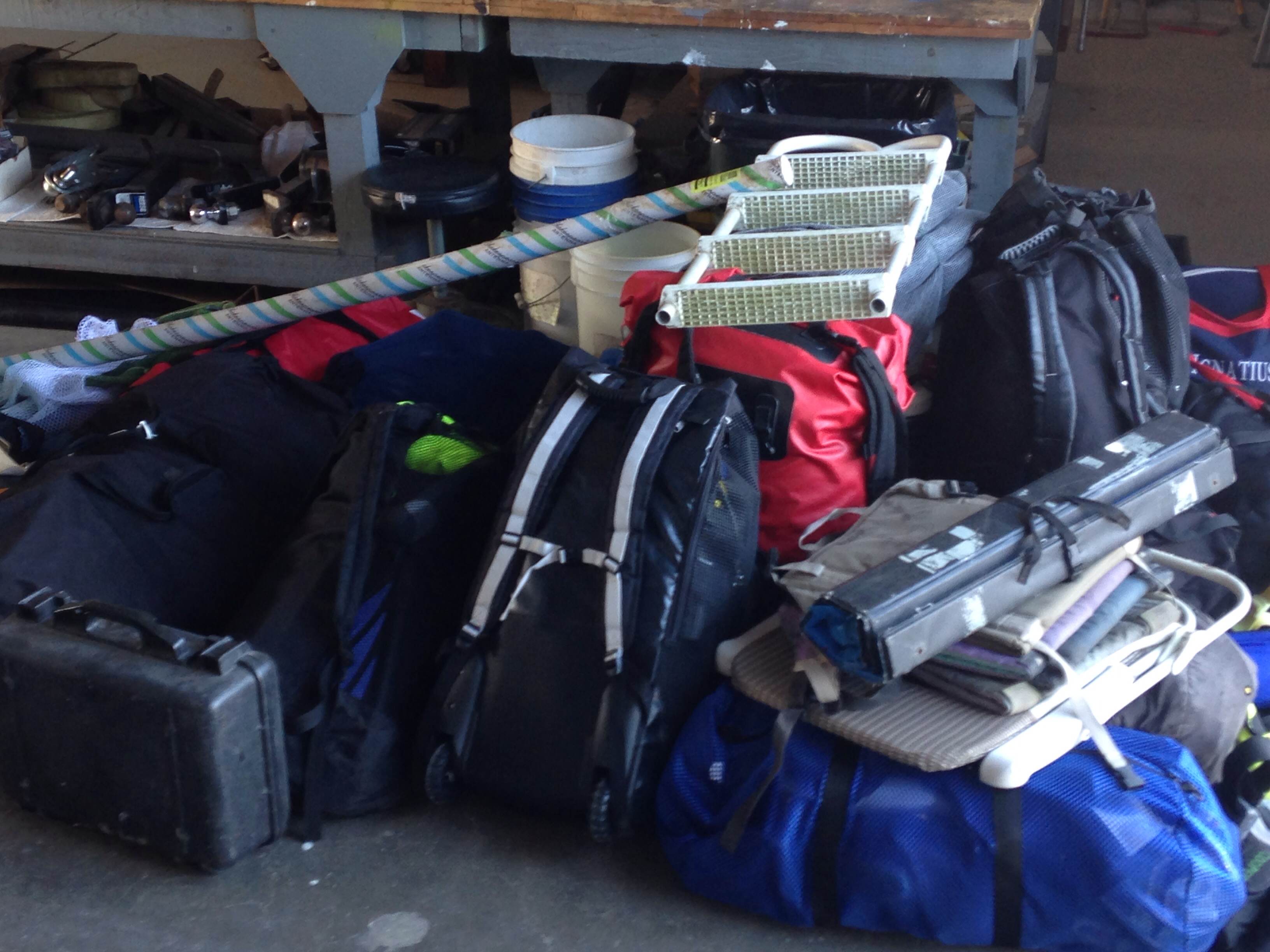
 The Marine Operations Building (aka the Firehouse) has been a busy place this morning. The Marine Environmental Studies of the Gulf of California class is staring their journey toward La Paz, Mexico today, eventually landing on a small island called Isla Partida just north of La Paz. Here they will conduct a variety of field research projects including sea floor mapping, fish grazing and artisanal fishing studies as well as fish, seaweed and invertebrate surveys. Check back in a few weeks for a more detailed account of their adventures!
The Marine Operations Building (aka the Firehouse) has been a busy place this morning. The Marine Environmental Studies of the Gulf of California class is staring their journey toward La Paz, Mexico today, eventually landing on a small island called Isla Partida just north of La Paz. Here they will conduct a variety of field research projects including sea floor mapping, fish grazing and artisanal fishing studies as well as fish, seaweed and invertebrate surveys. Check back in a few weeks for a more detailed account of their adventures!
